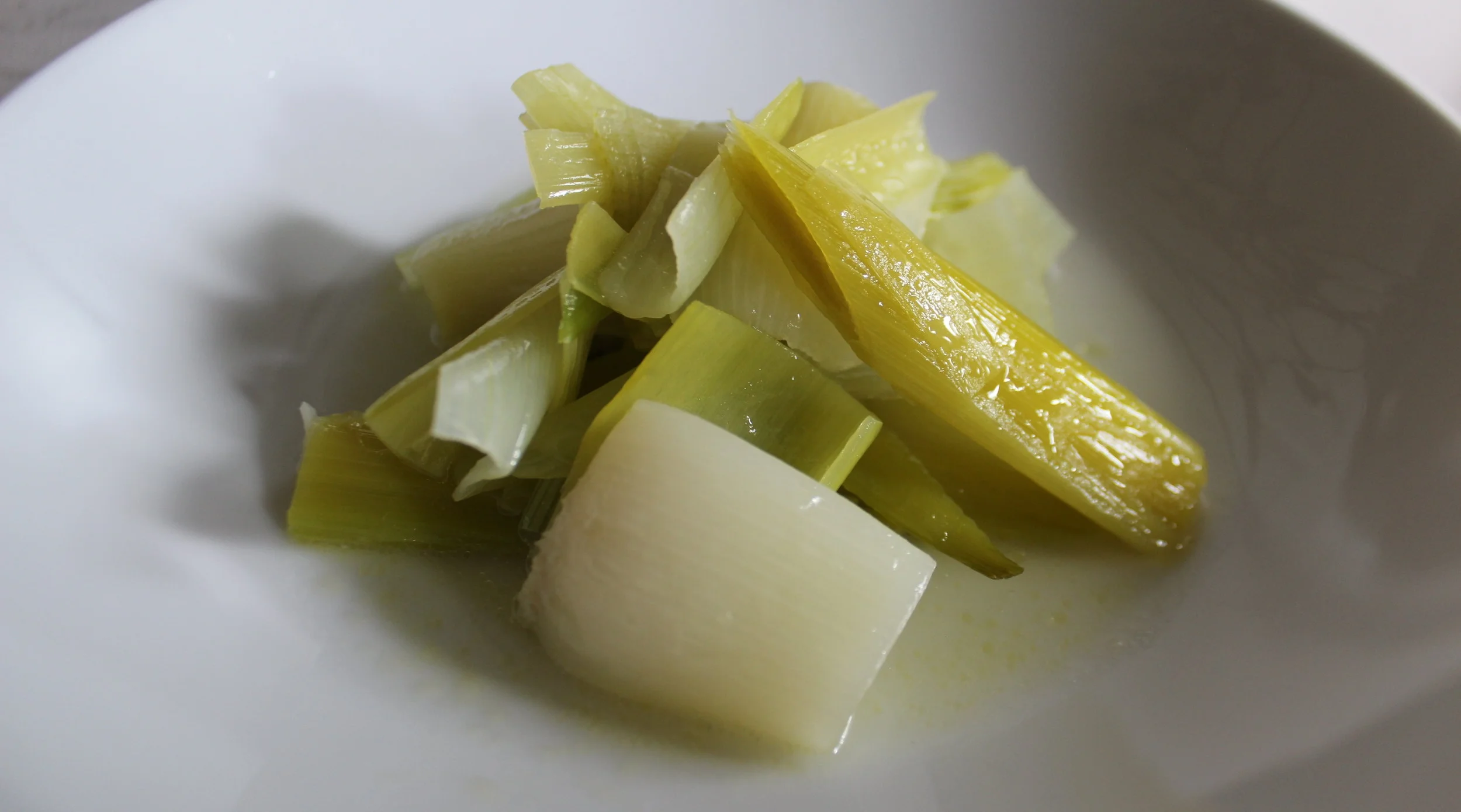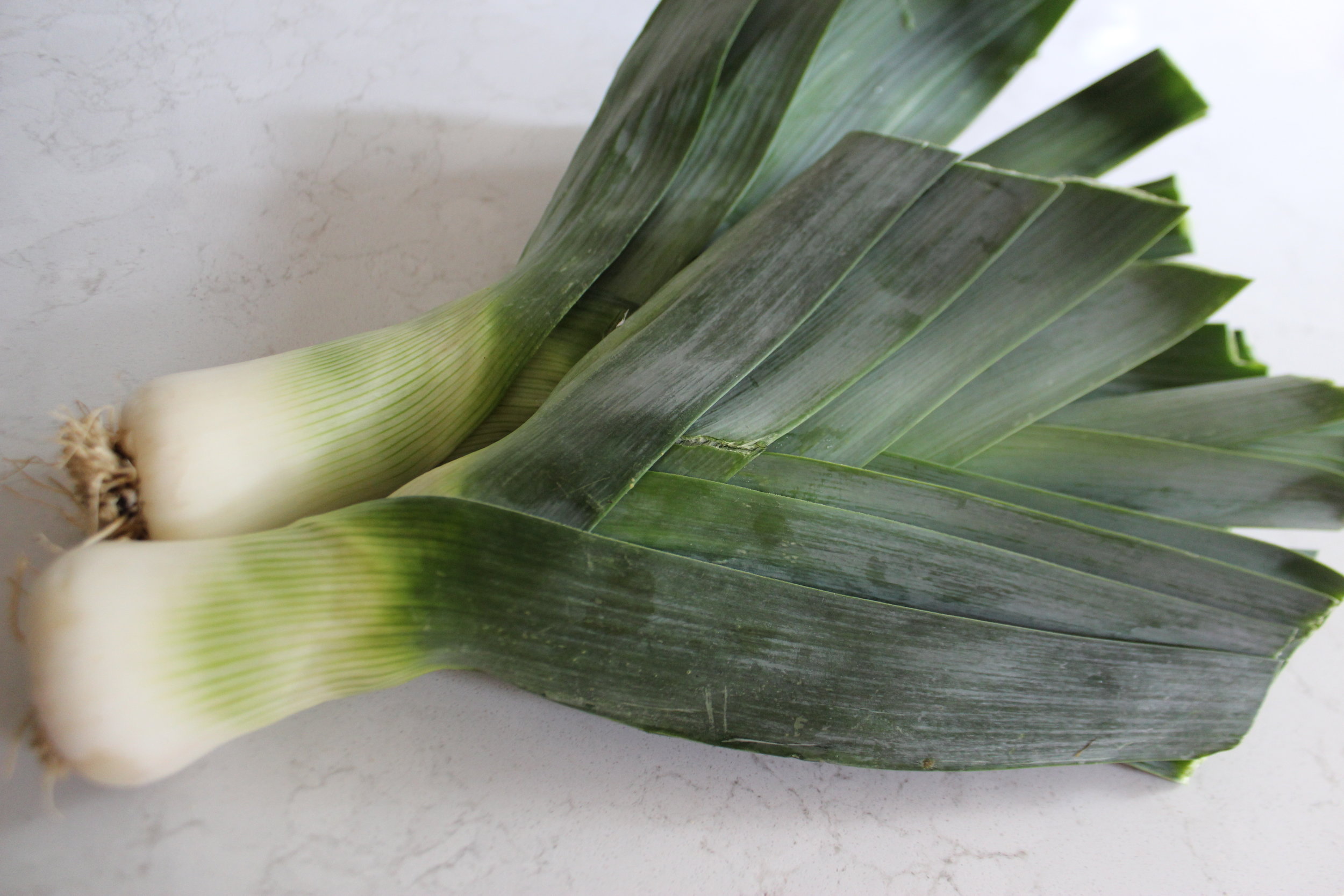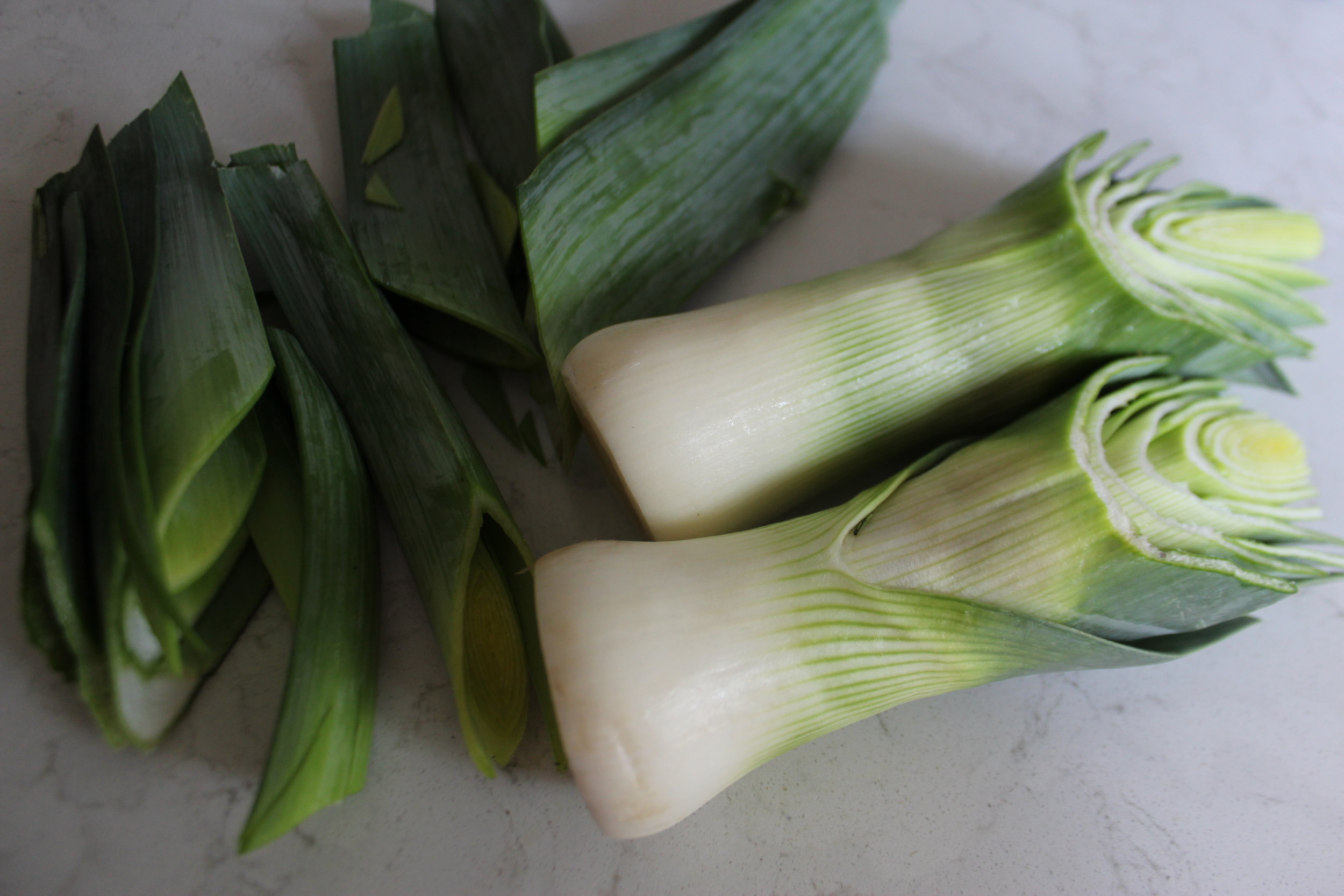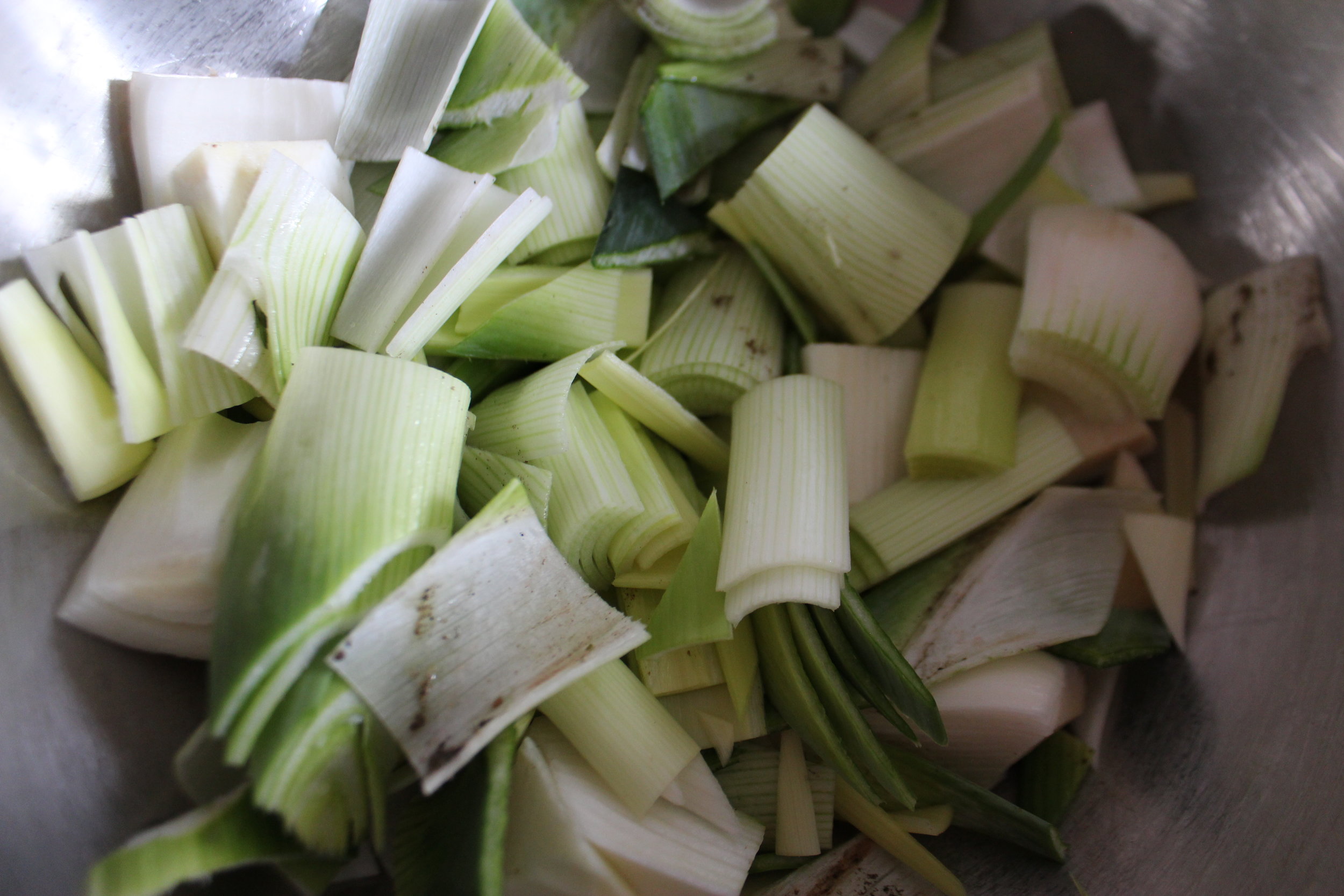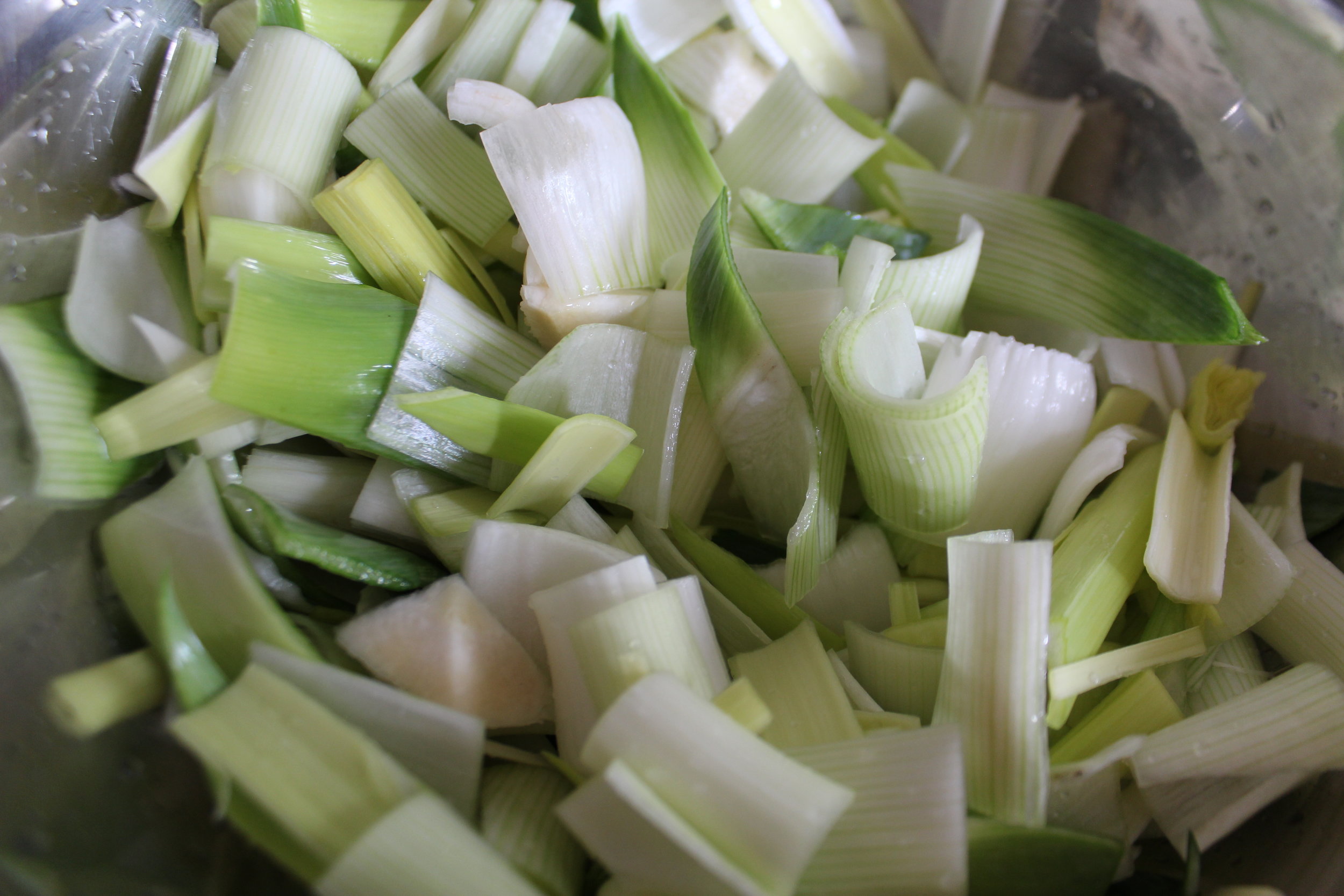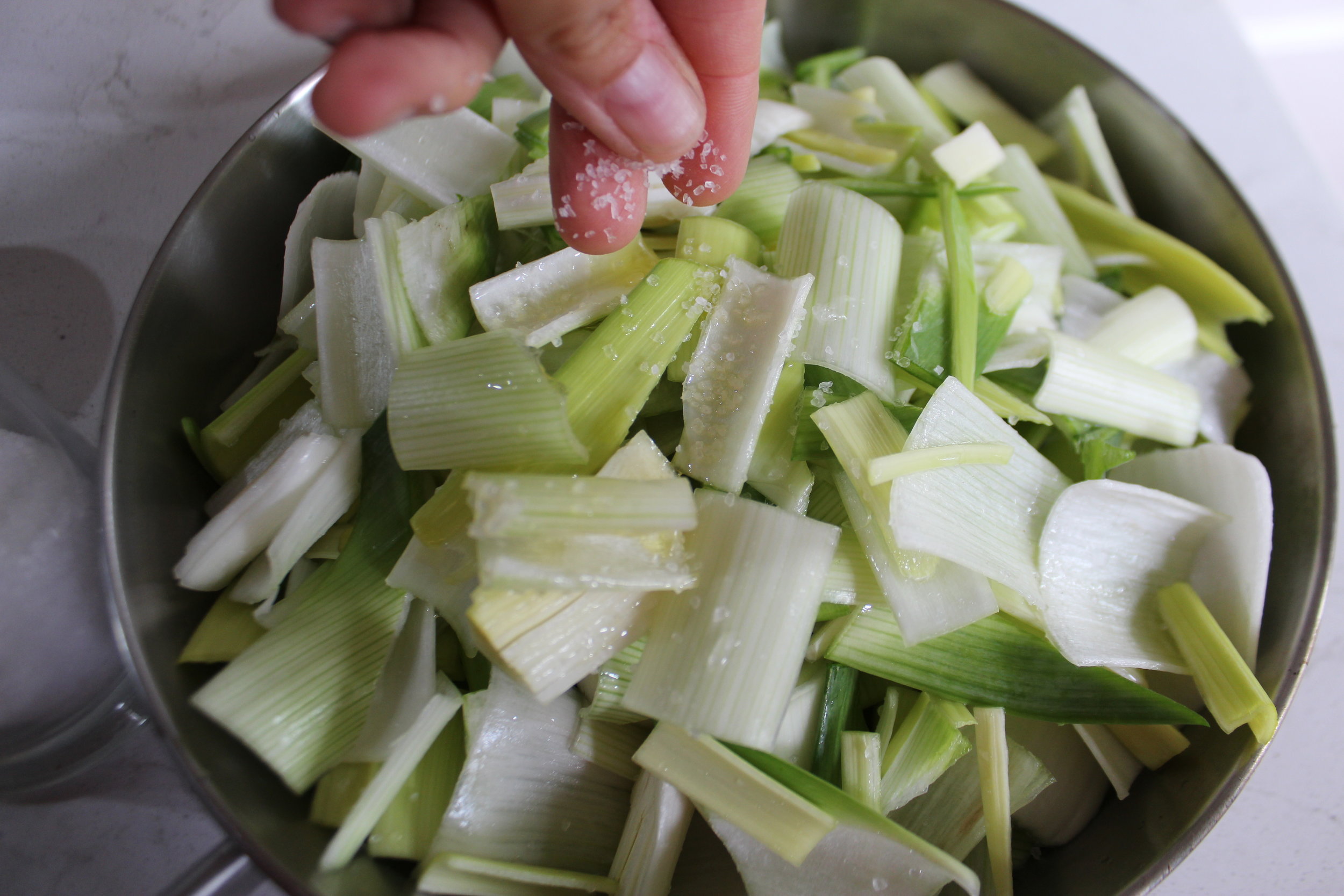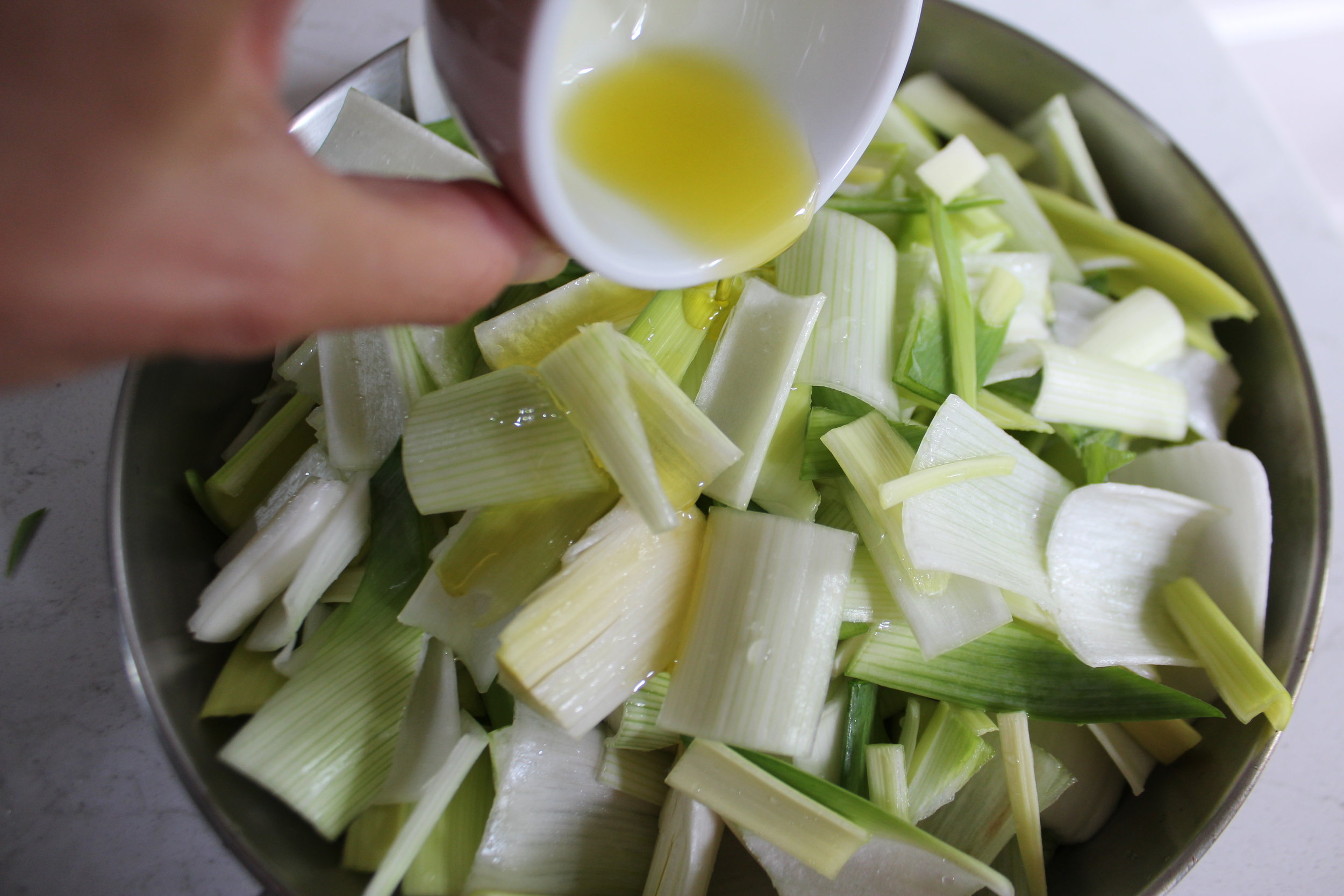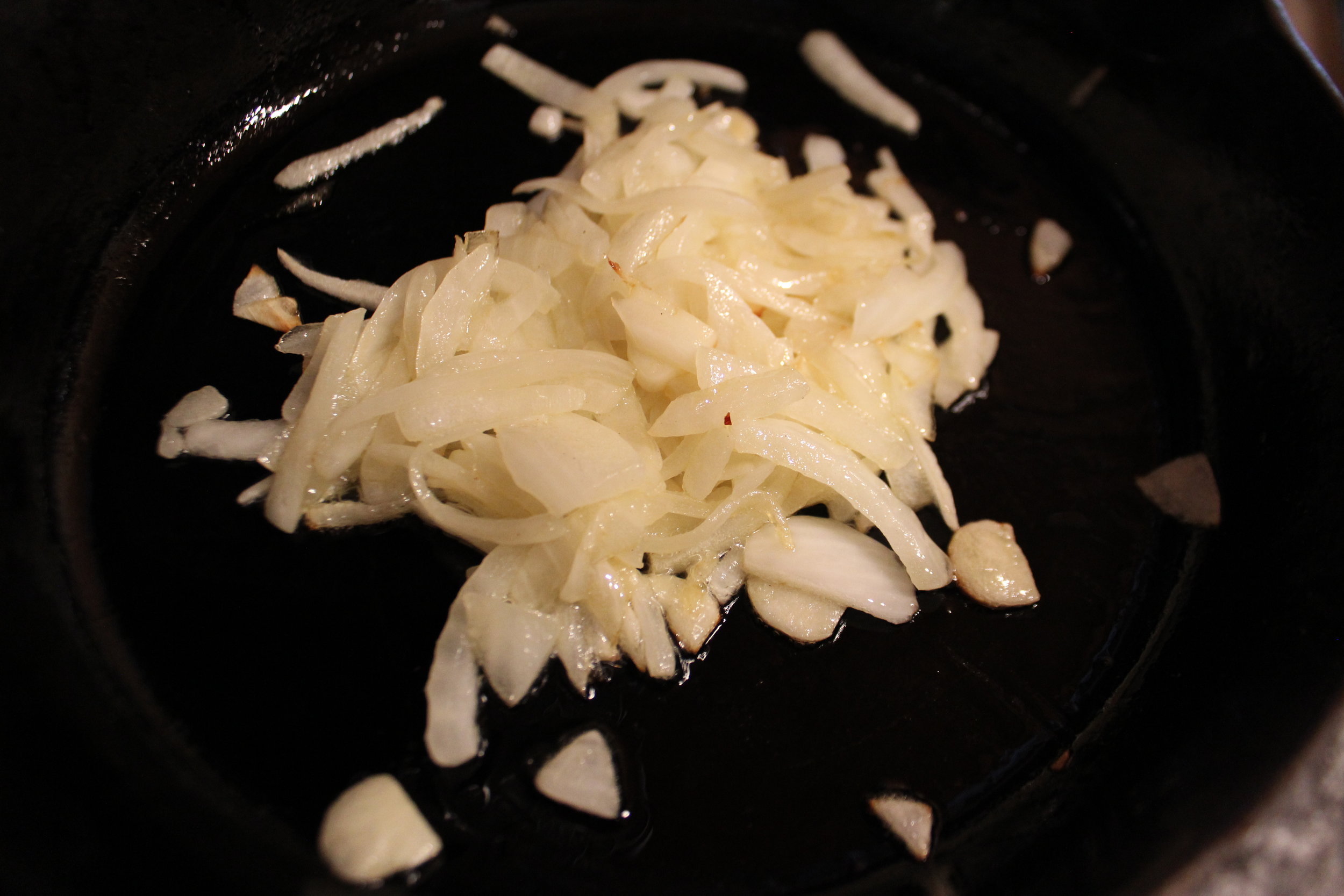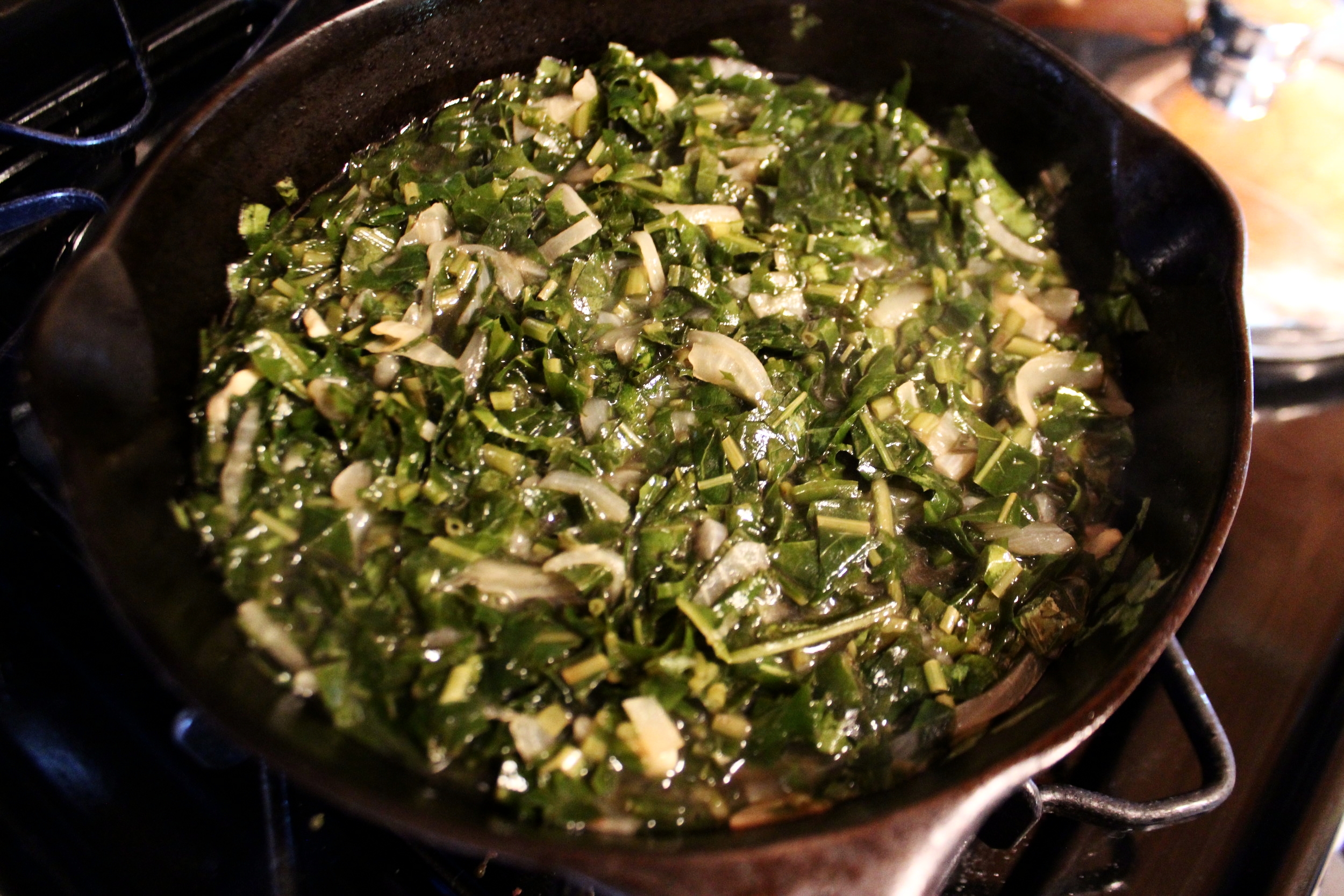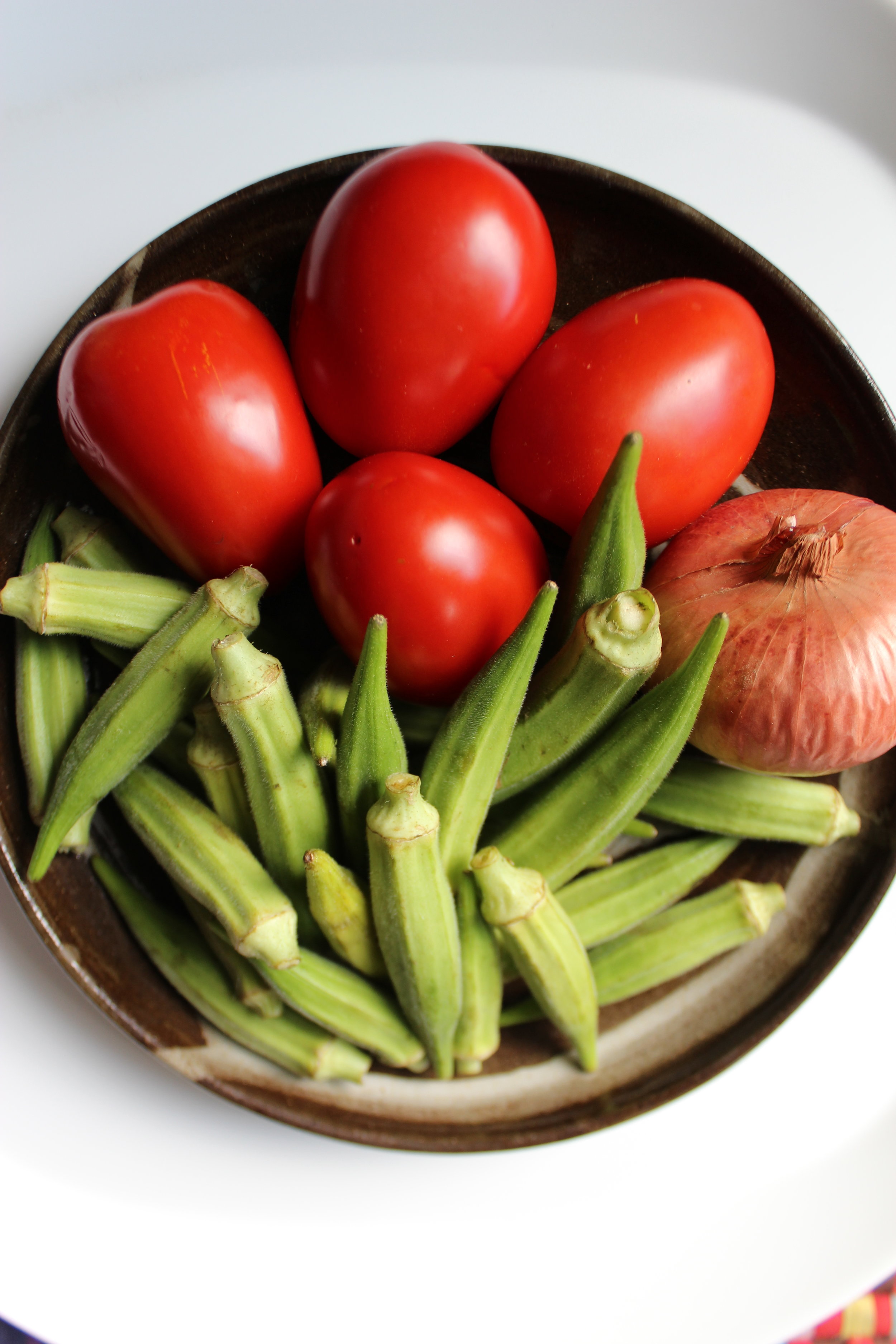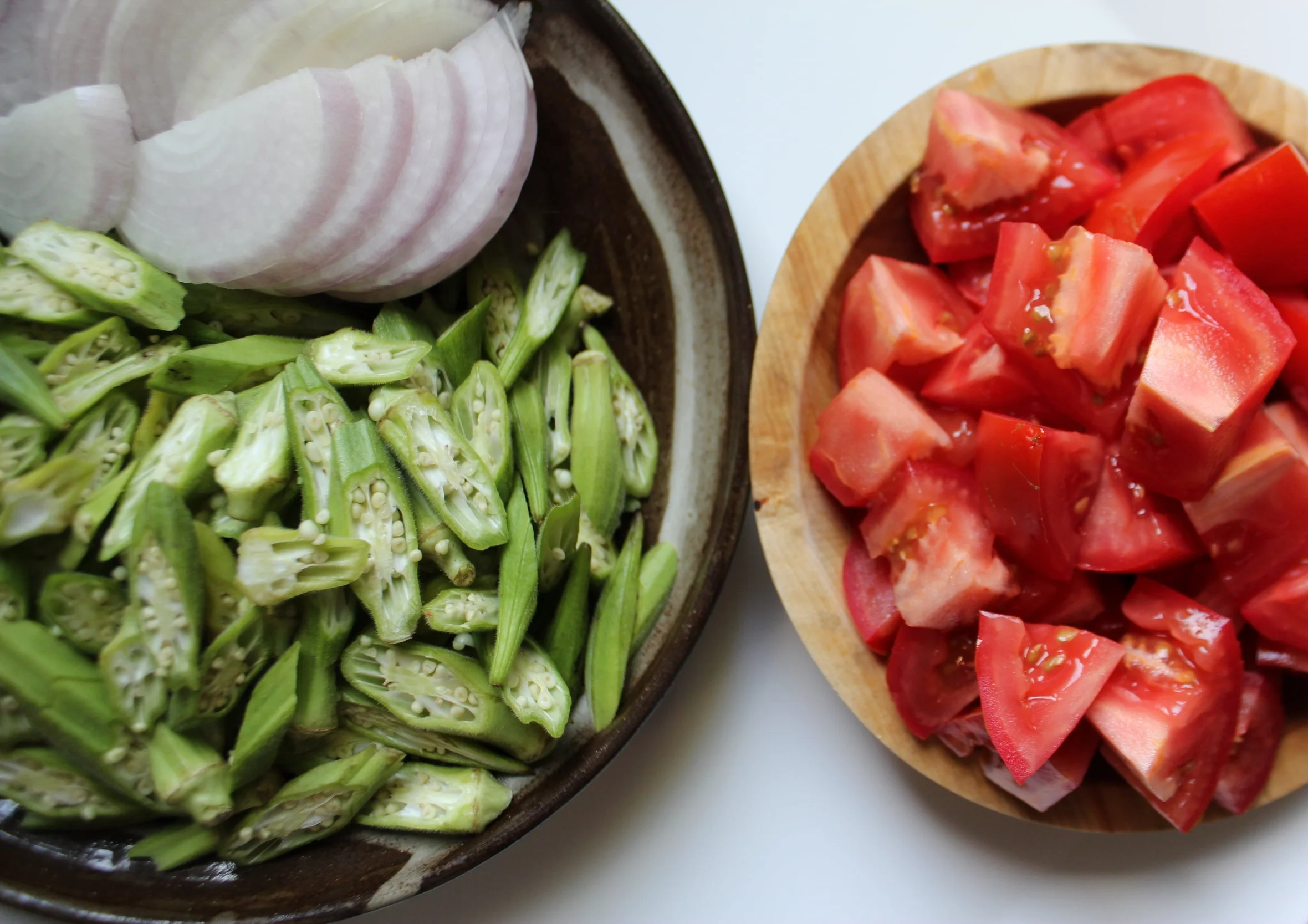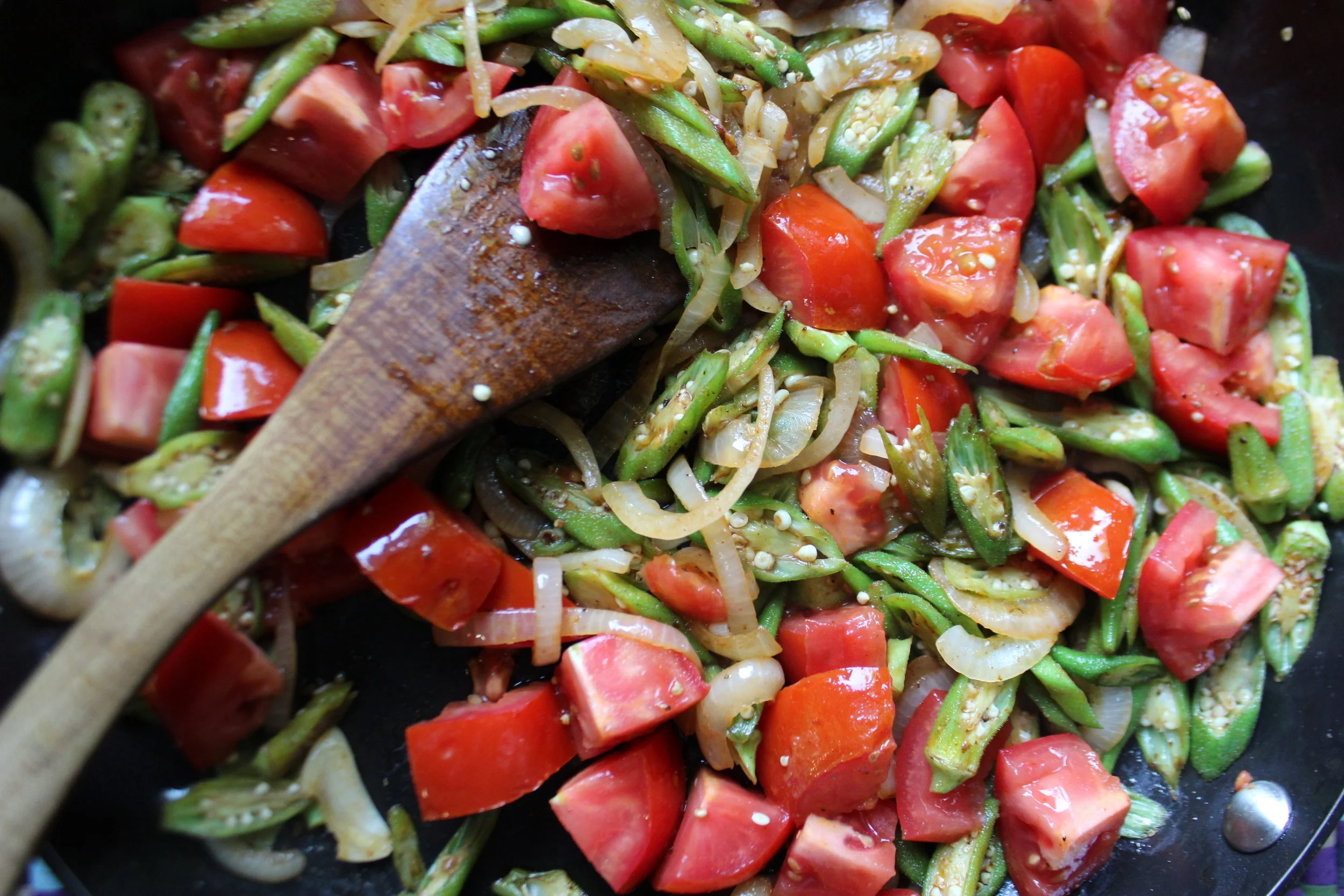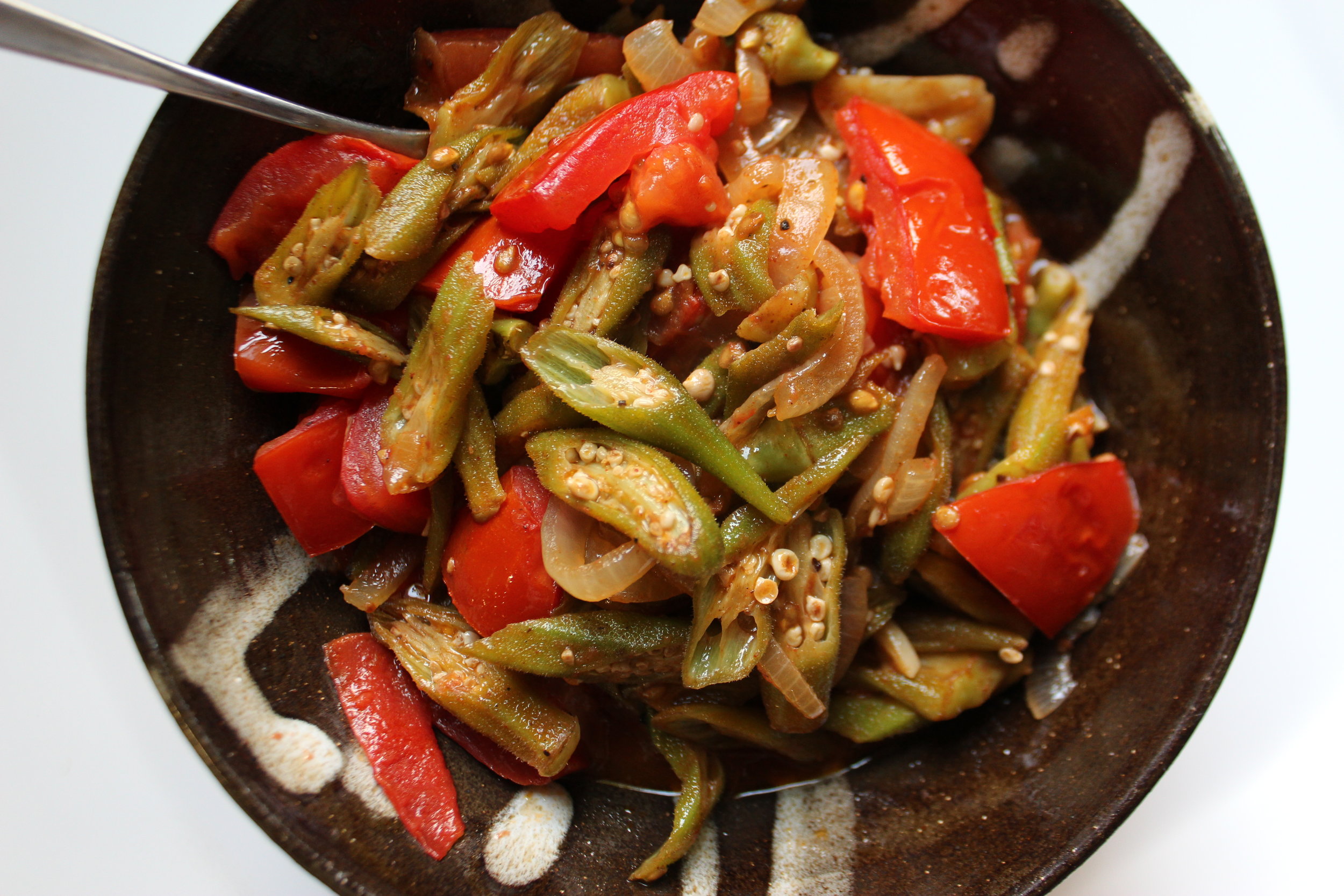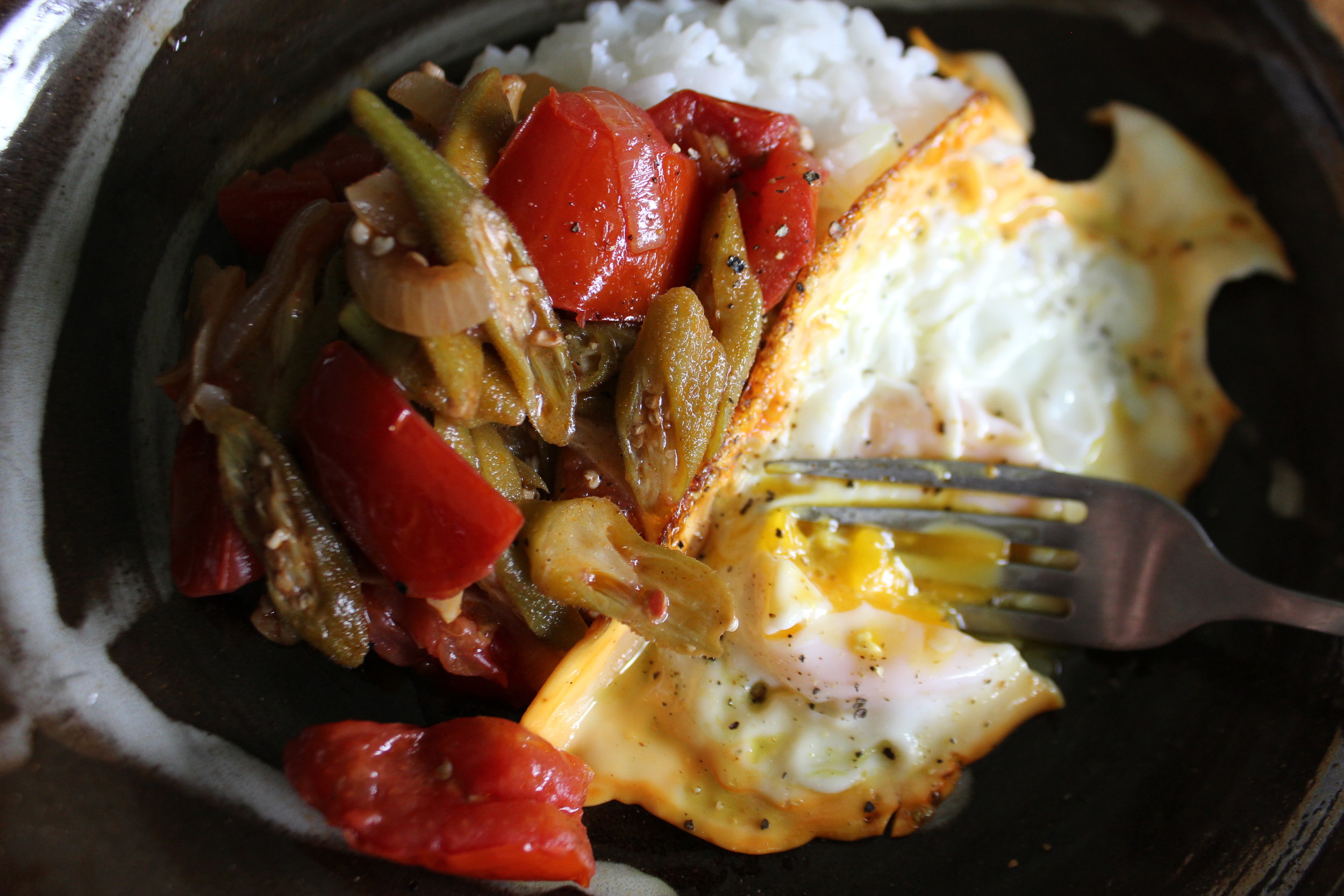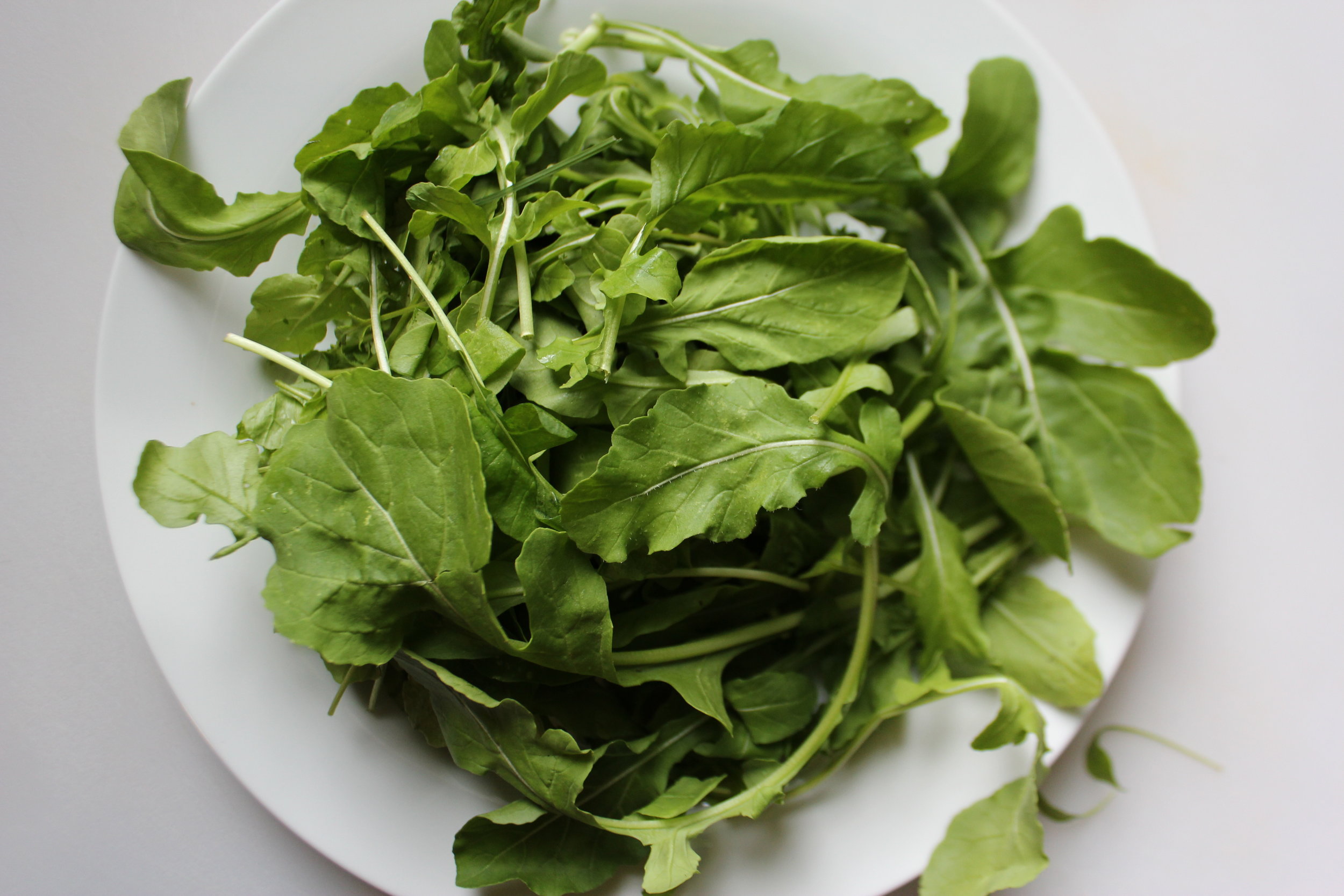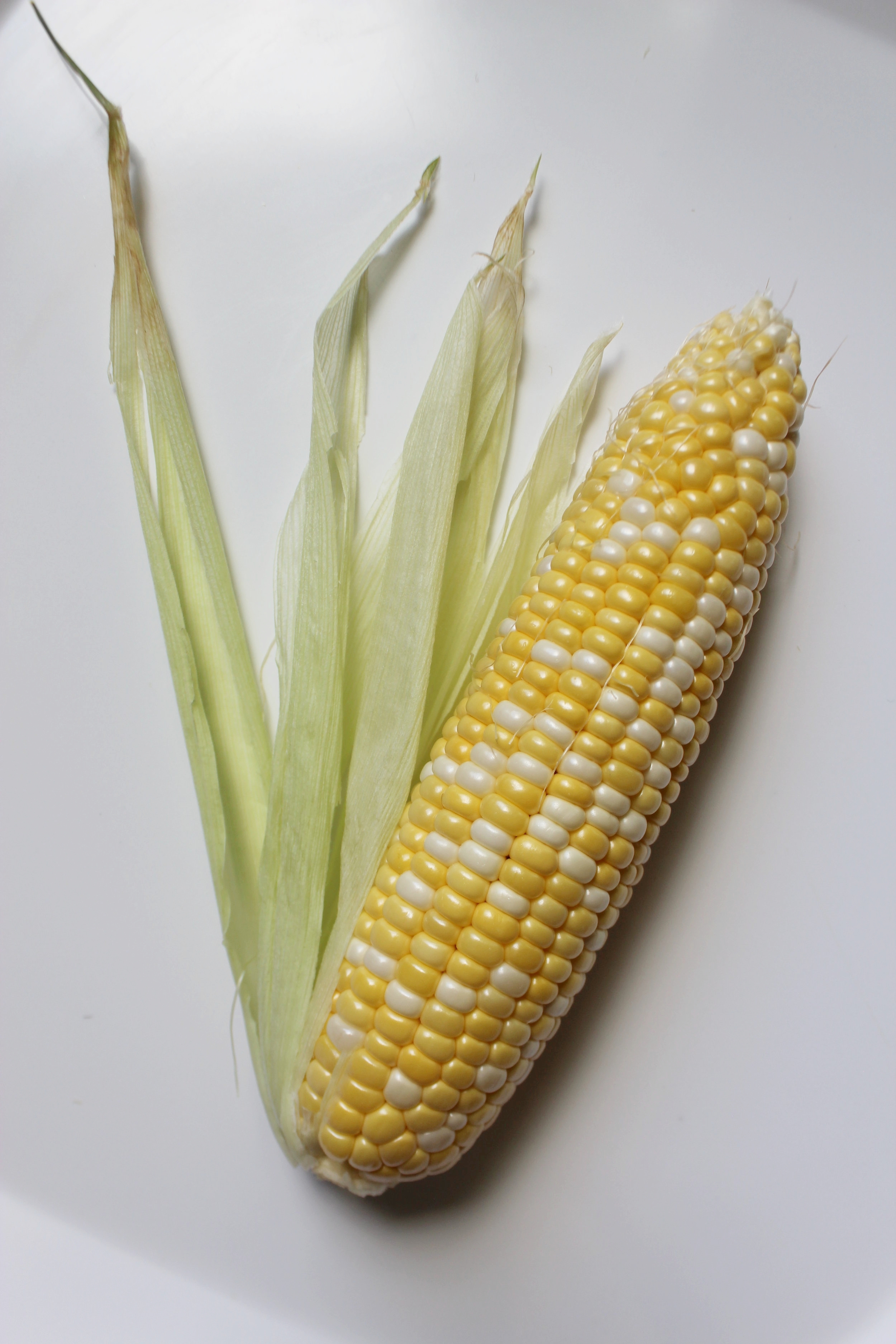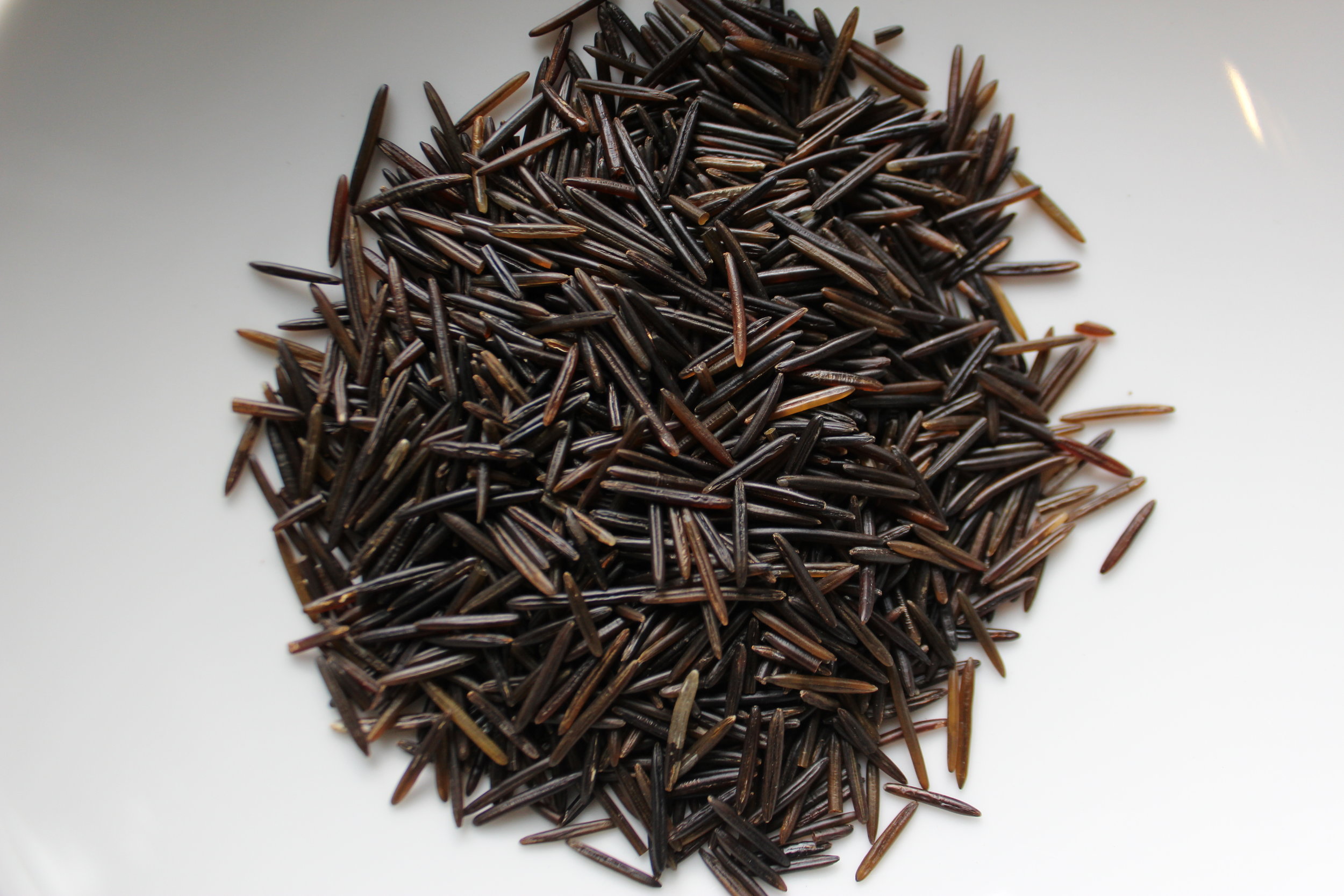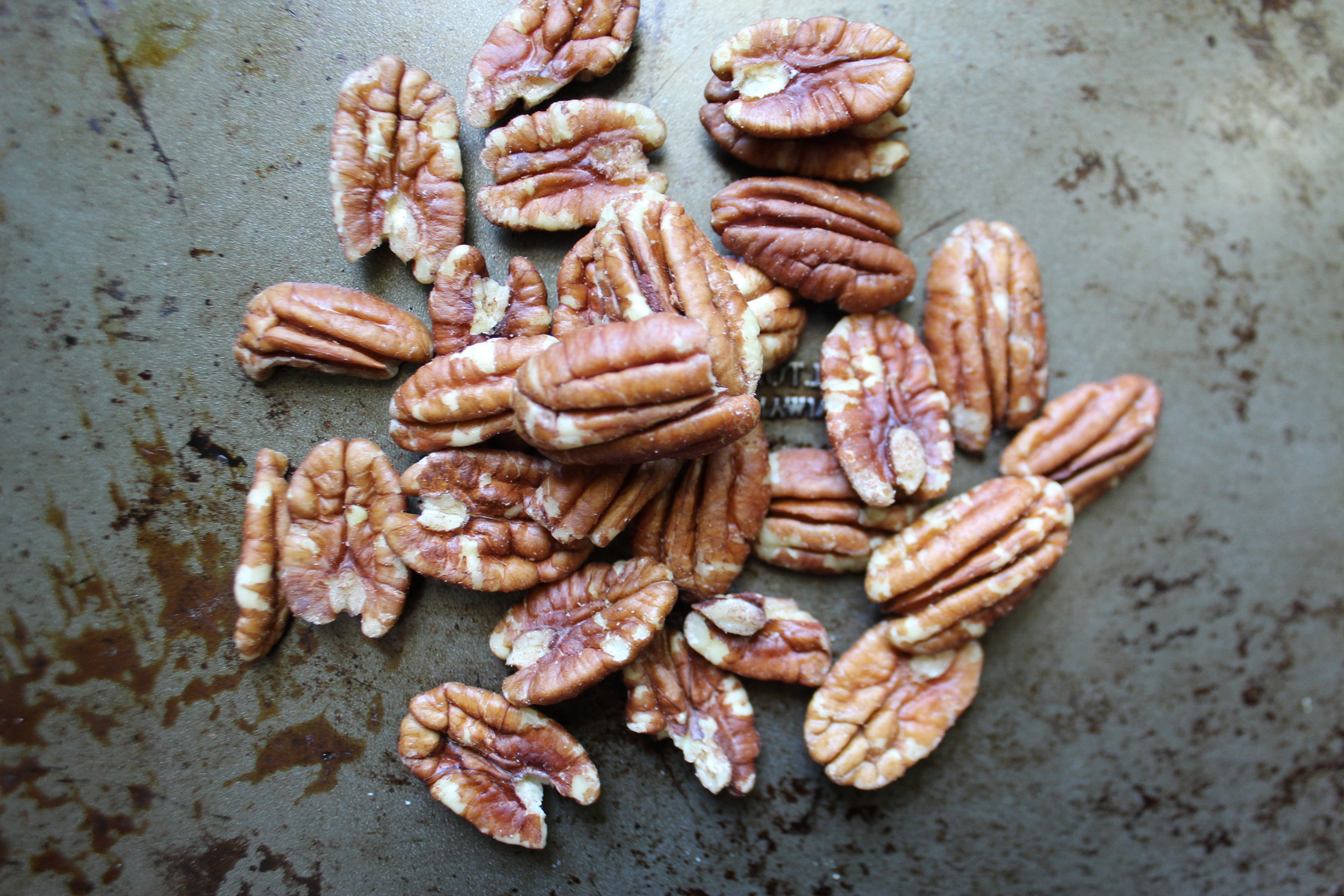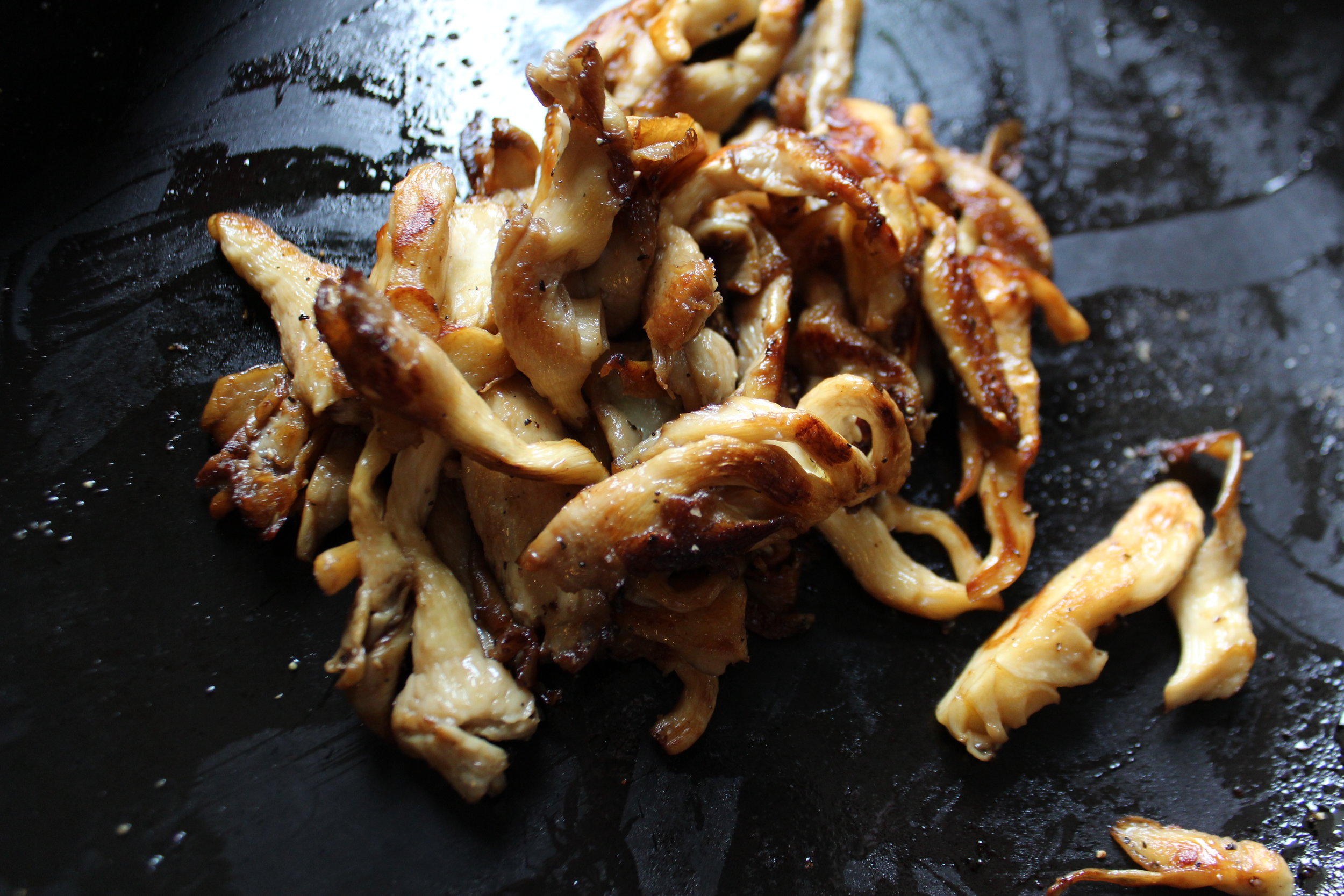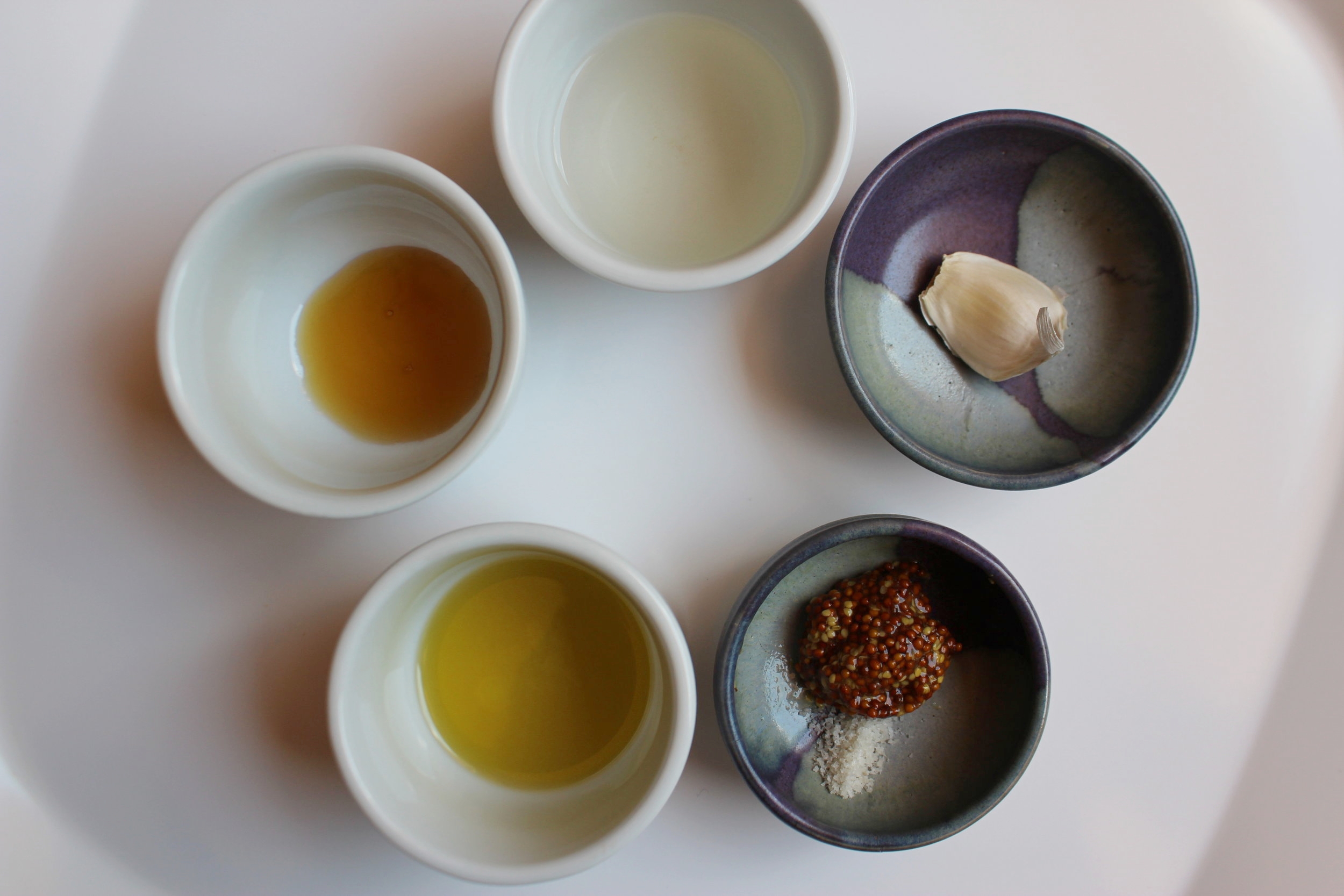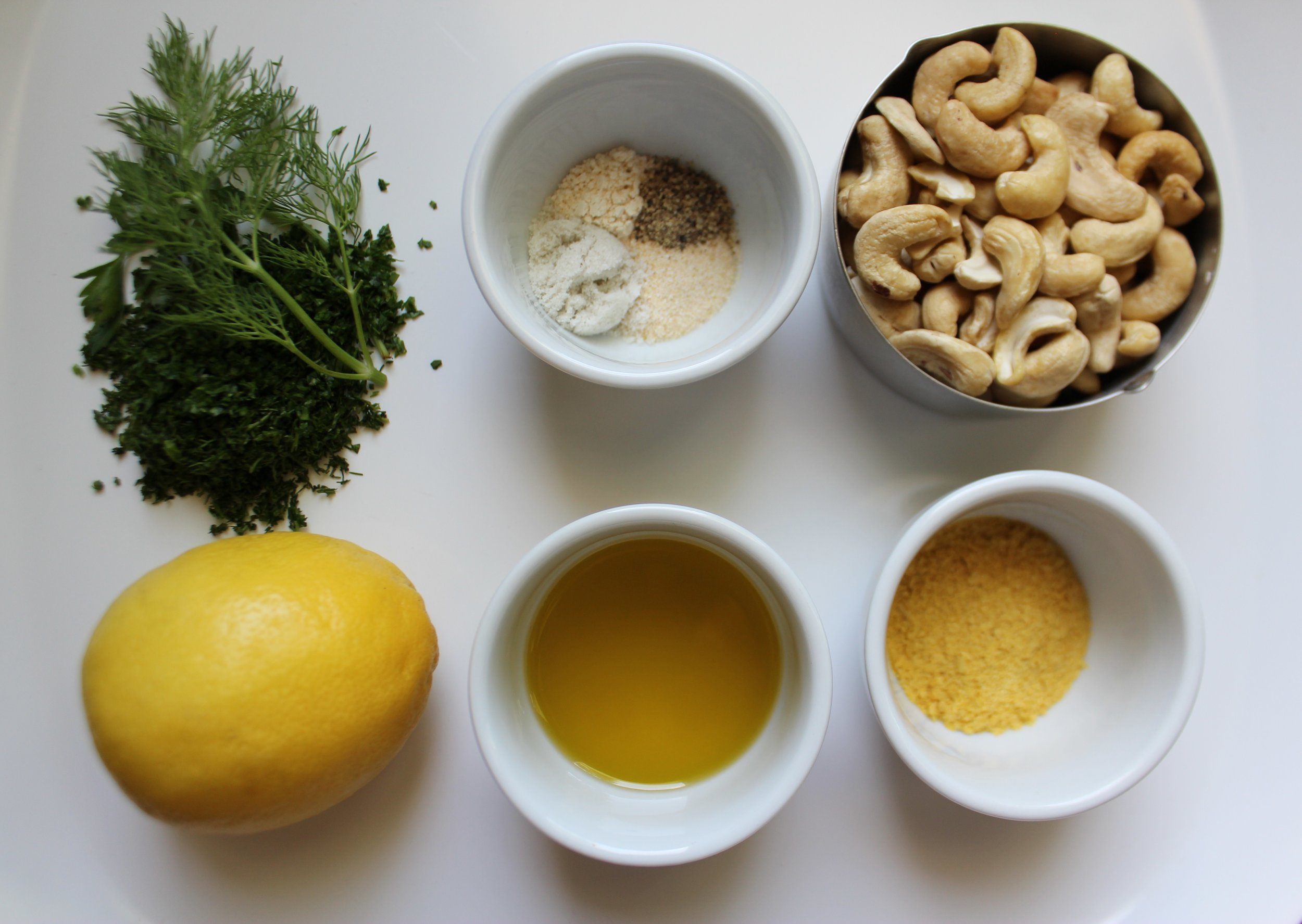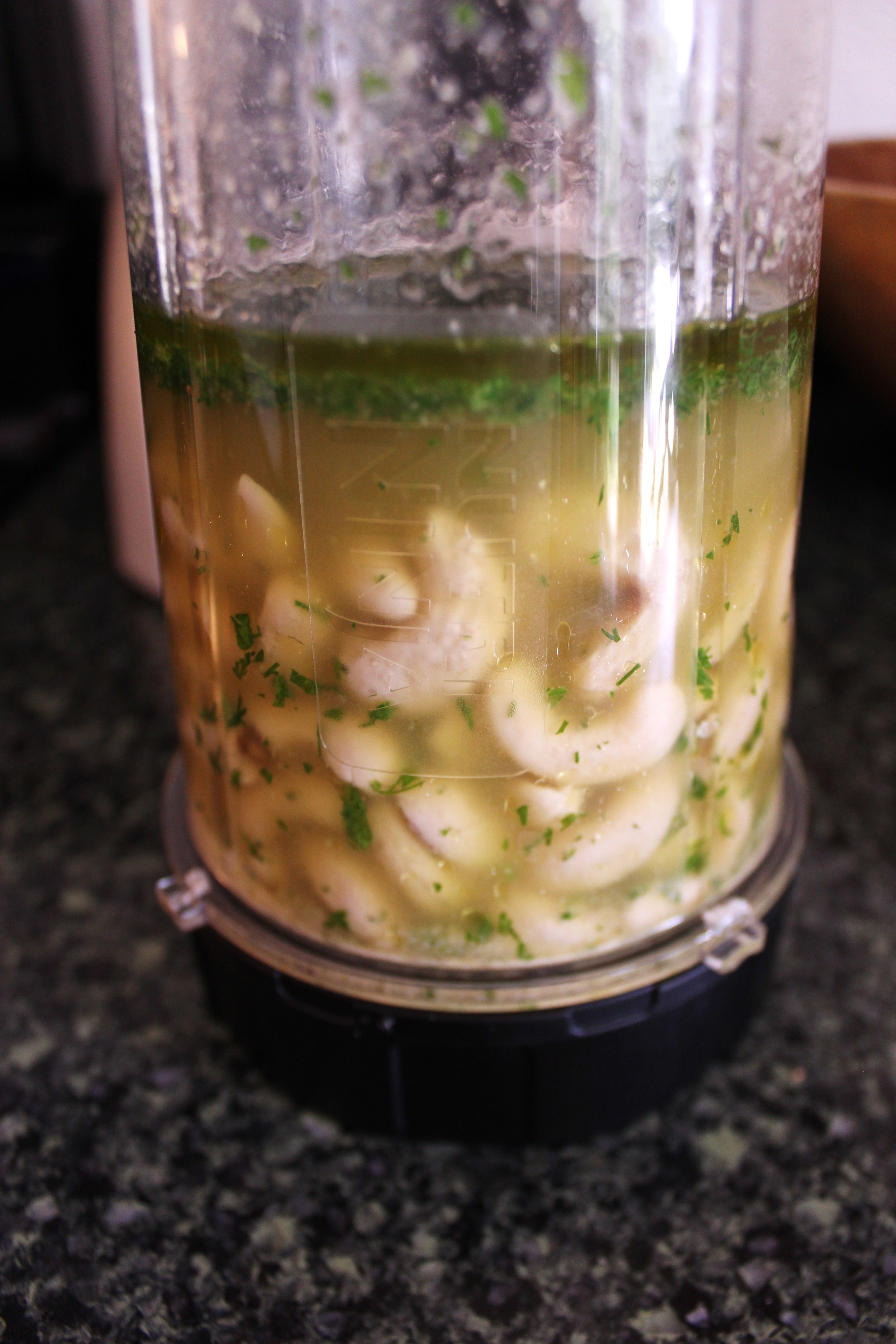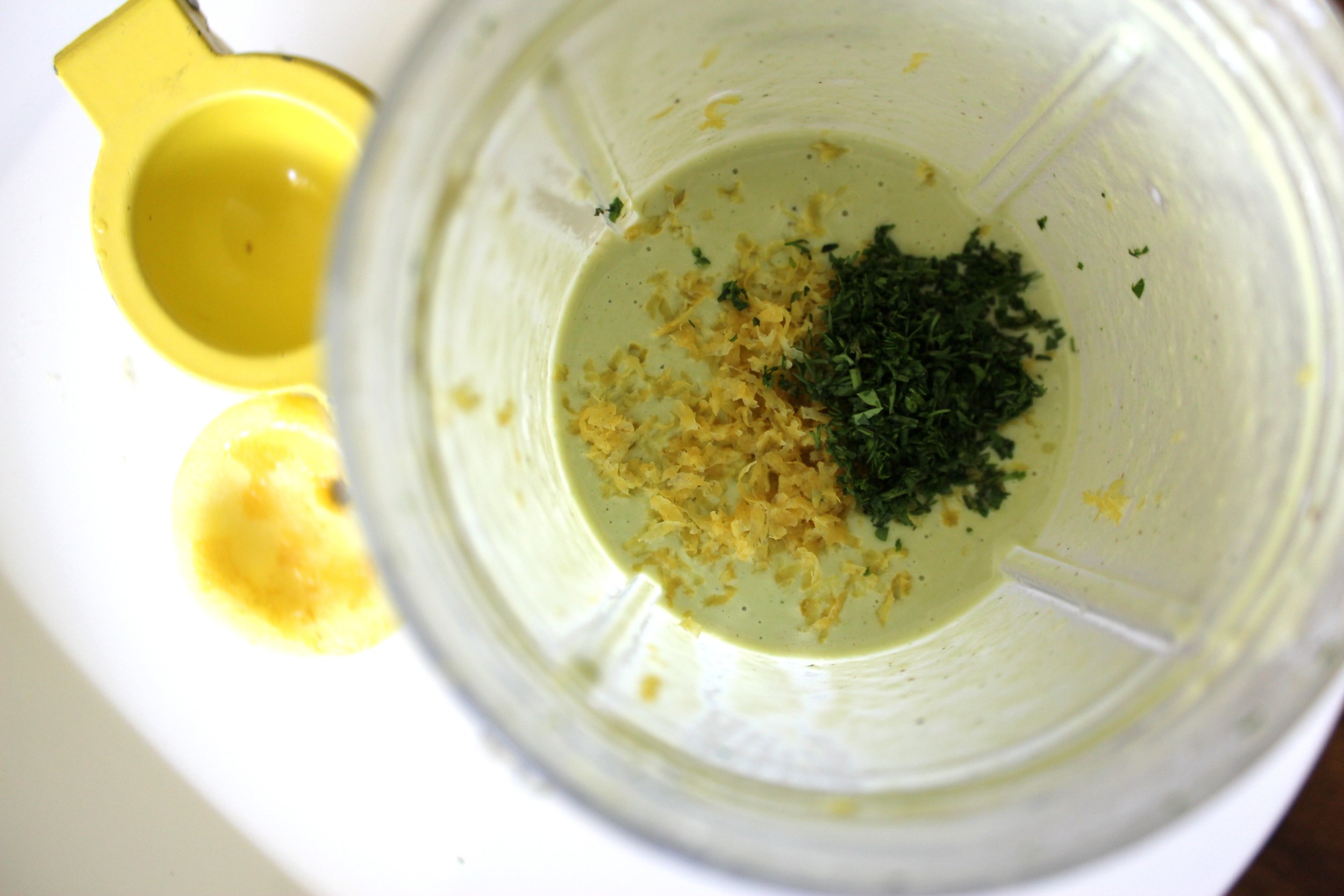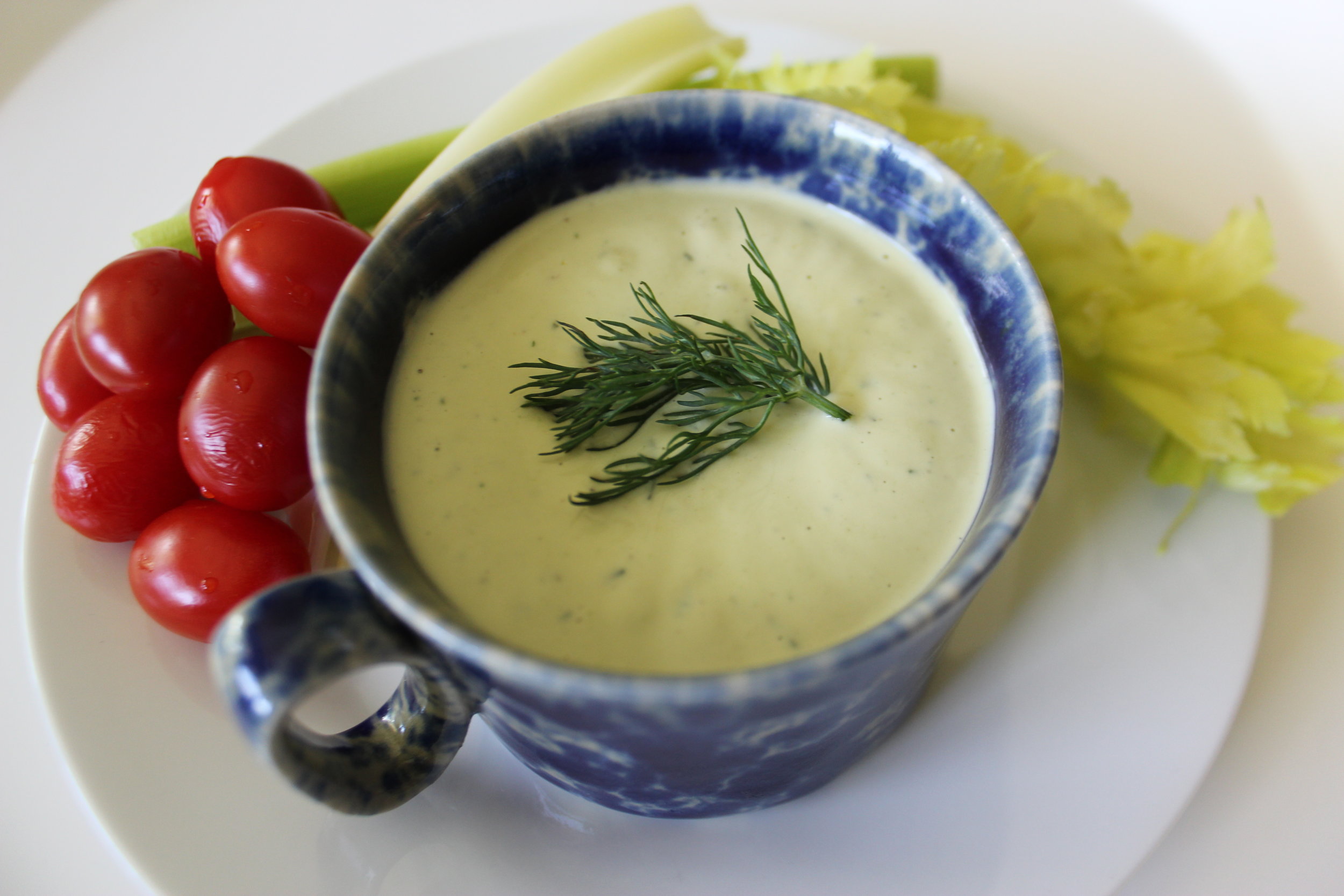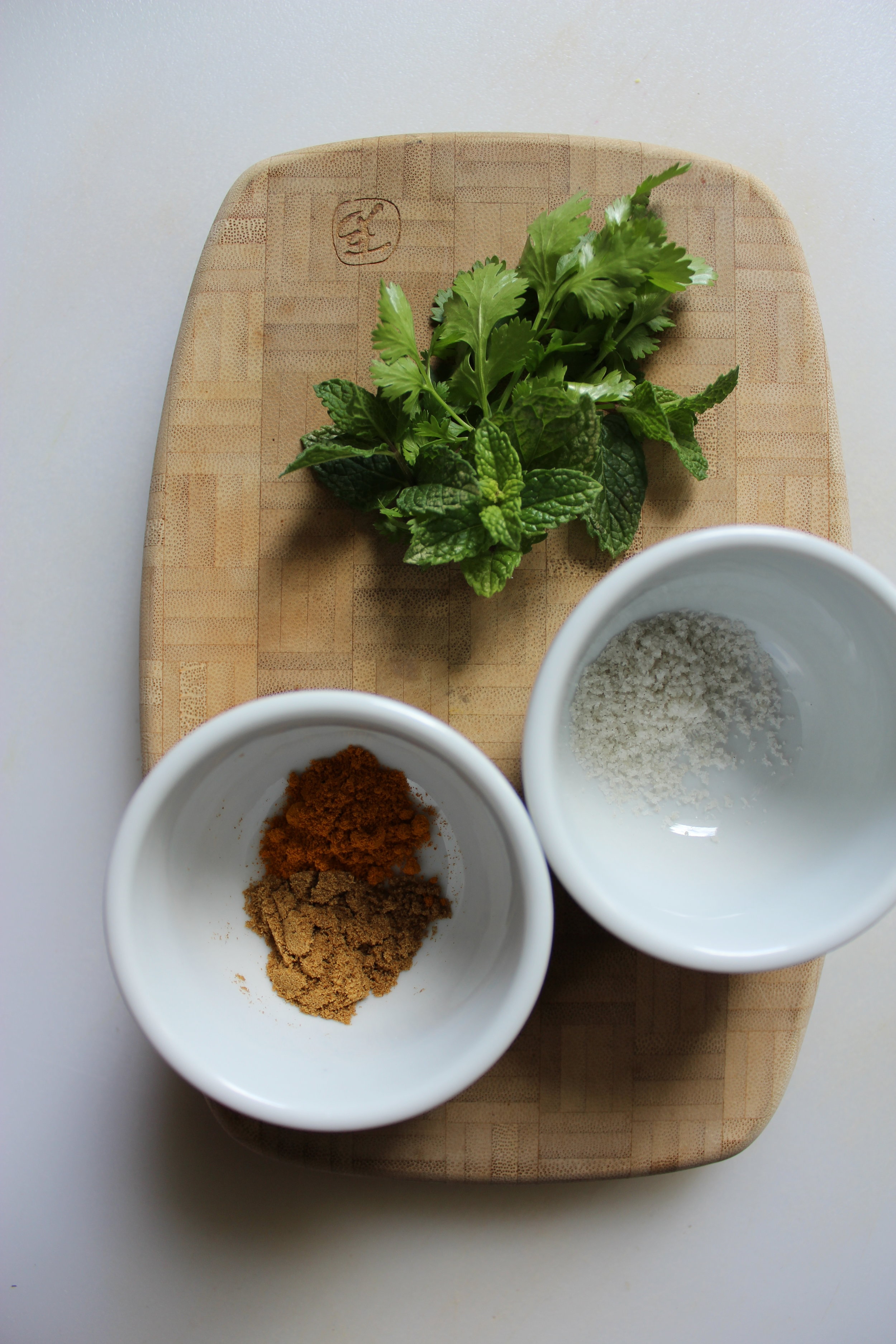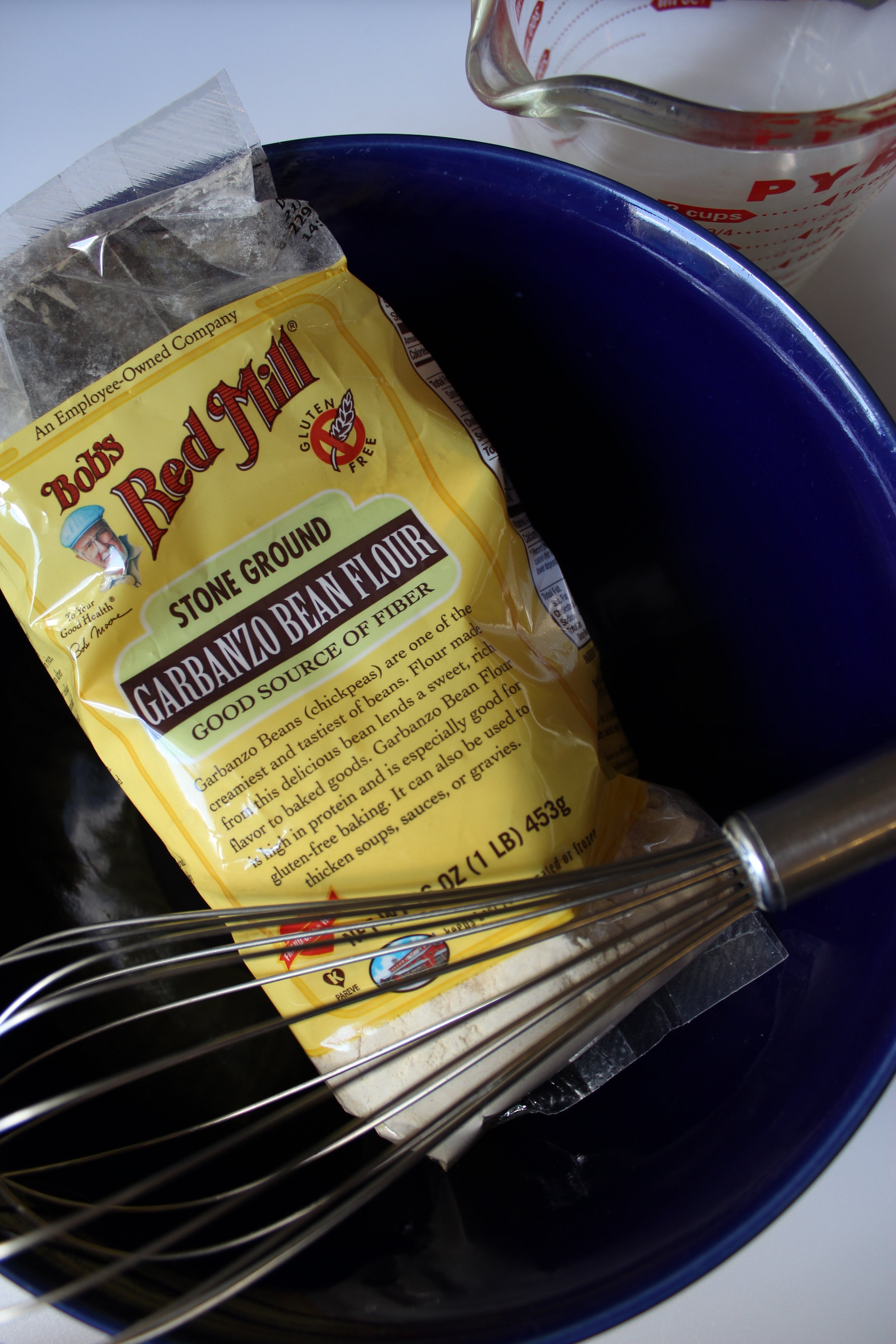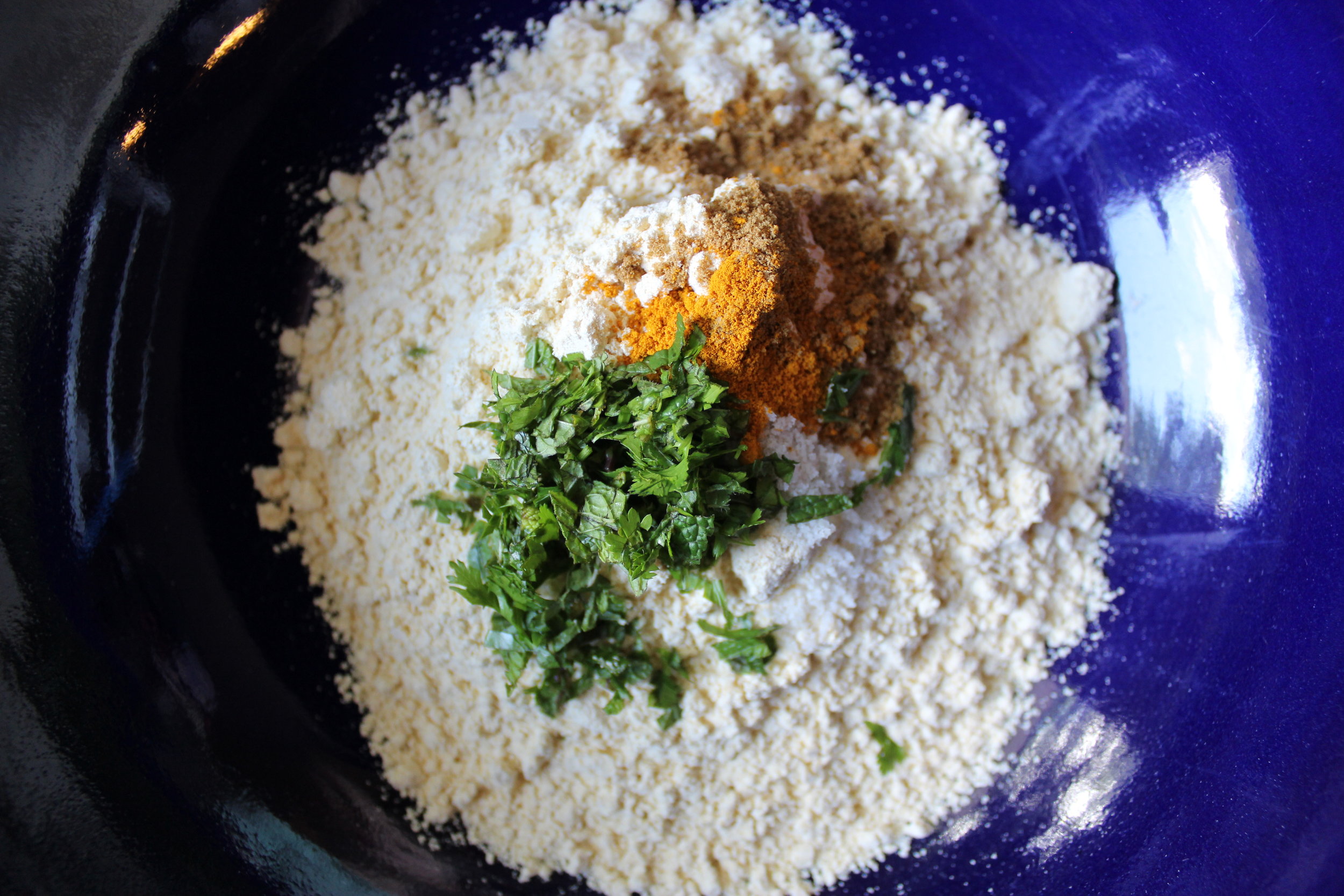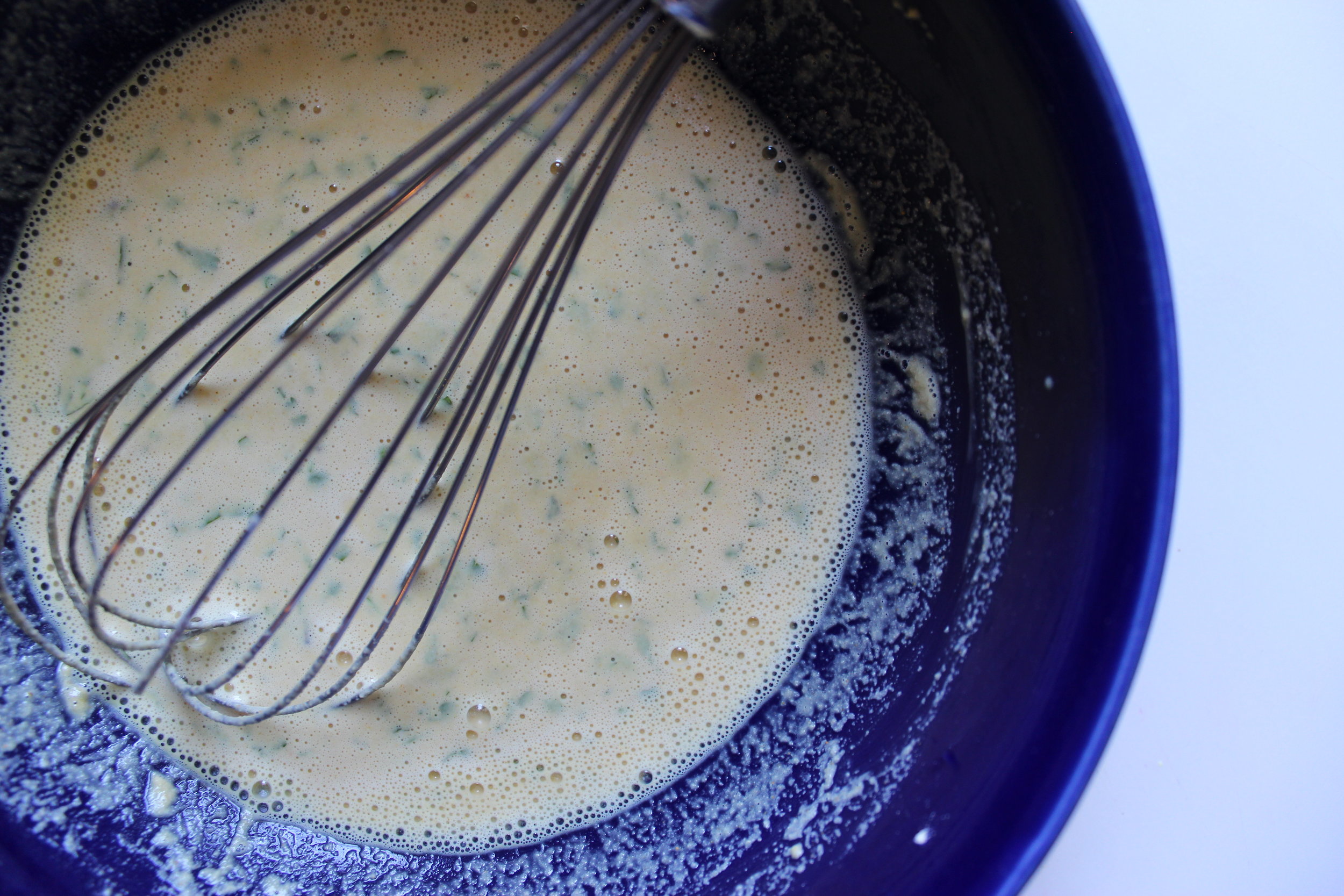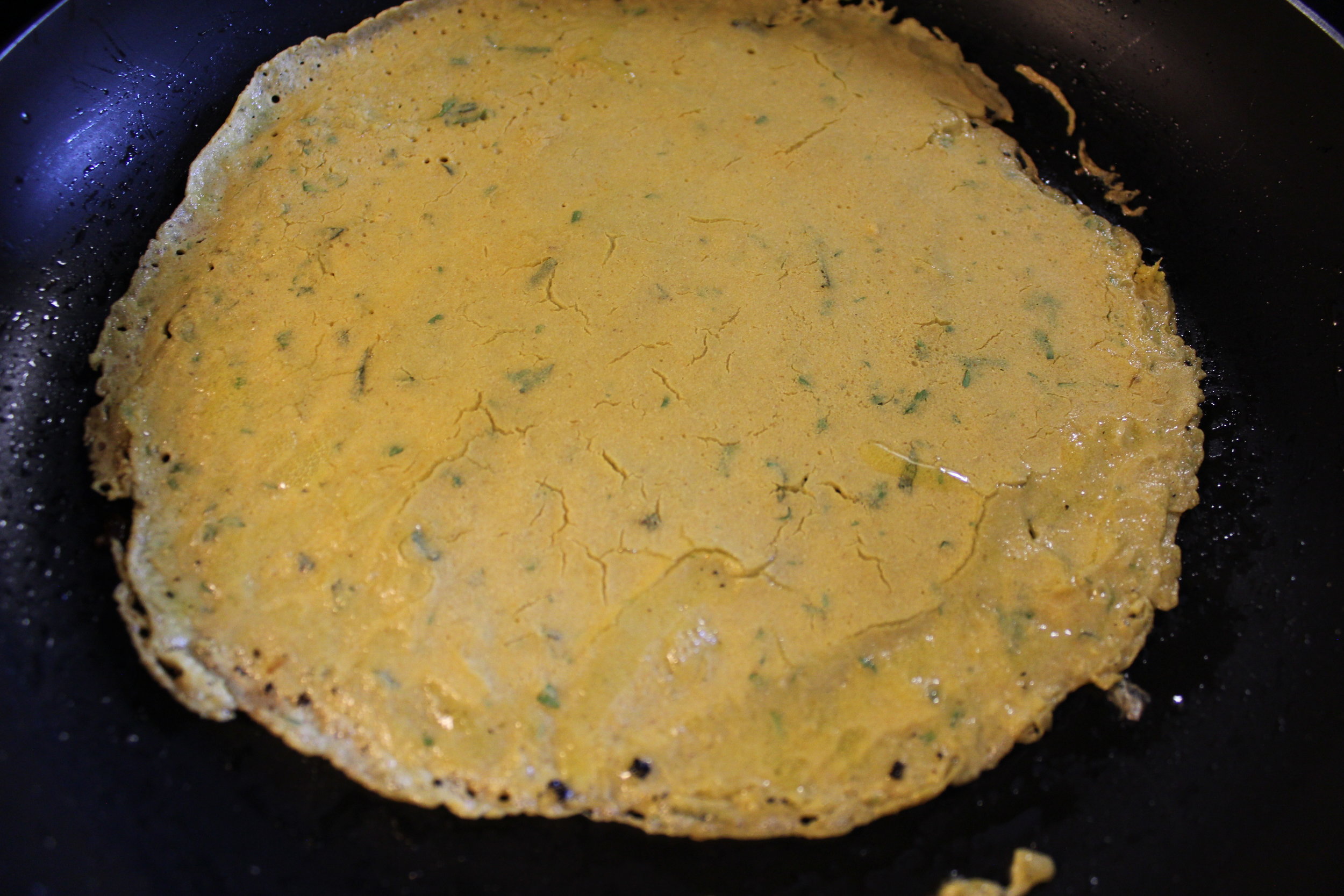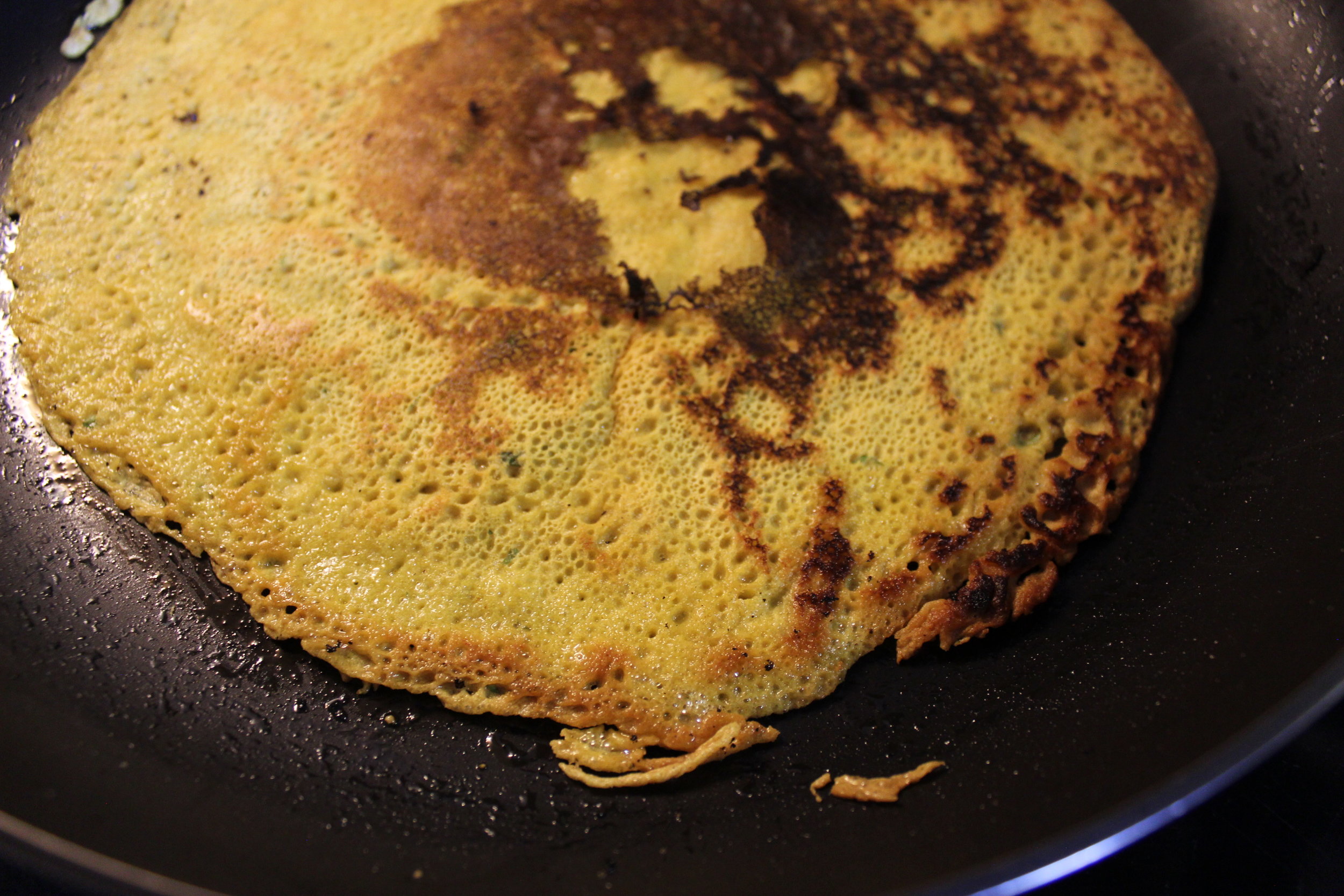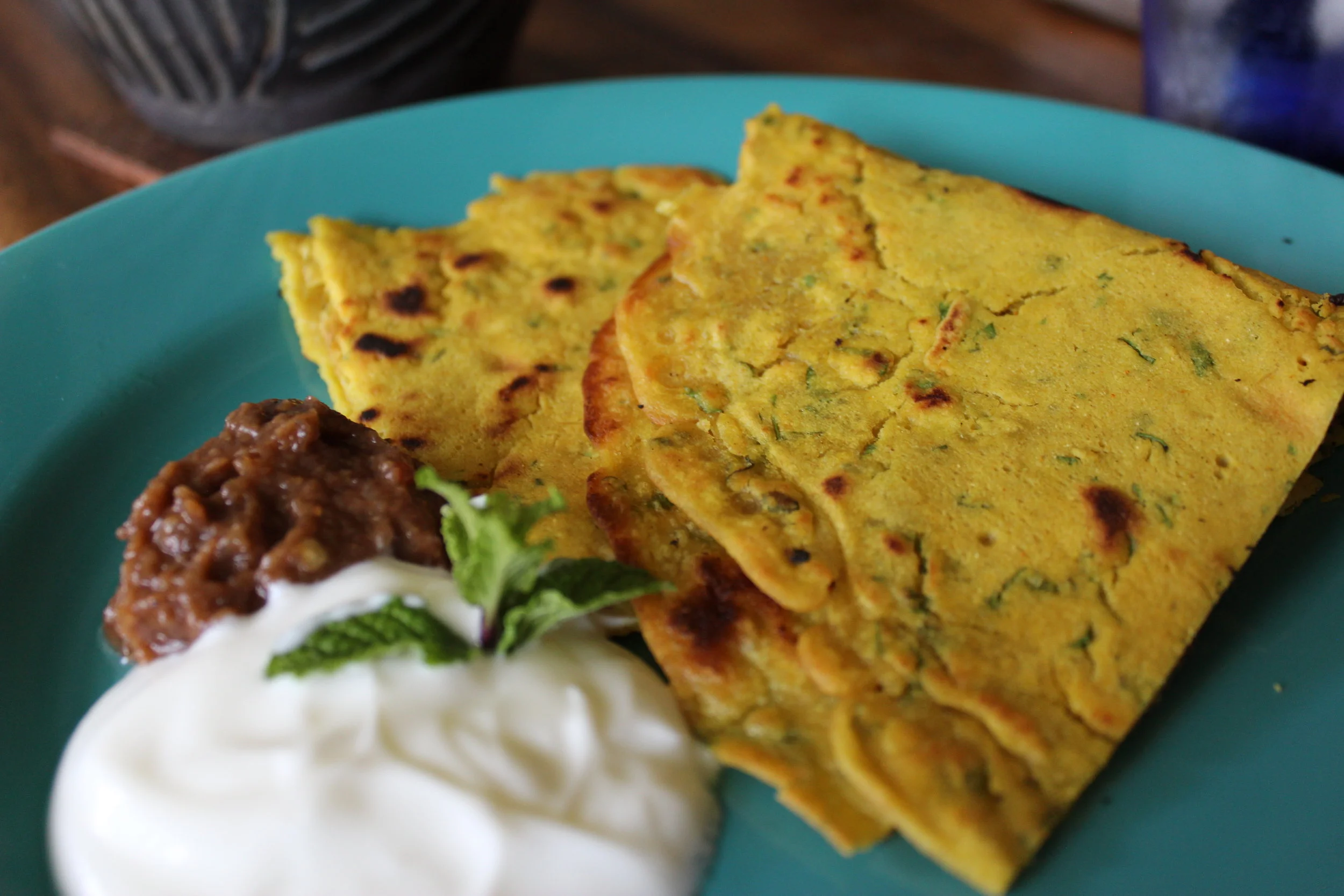Buttery Braised Leeks
This might be the first in a summer series I will call "How to Cook Vegetables!". With an exclamation point to make it seem urgent. It is kind of urgent as oh-so-fresh local farmers market veggies are only here for a limited time, and should be enjoyed in copious amounts. I will be inhaling fruits and berries as well of course, but I feel like there is slightly more need for easy ideas for veggies. Maybe some that don't get enough attention, or simple preparations that are overlooked but perfect.
Soon enough there will be colossal leeks showing up at our farmer's markets and they will demand your attention. Maybe some are slightly more intimidating, some more mundane but could be spruced up. What do I do with all that leek? Can I even eat all of that? What the heck is kohlrabi anyway? Hopefully this recipe will help you wolf down more leek than you ever dreamed imaginable.
I love when I find massive leeks nearly three feet long. They are perfect as they often have an 80/20 ratio of tender white stalk to tougher green tops, and better yet is that the most delicious ways to prepare these gigantic, mild onions are the also the simplest. Since time must be taken to clean the leeks of the sandy soil they love to grow in, time is saved on the other end by using a nearly hands-off approach to cooking them which results in a magical, buttery, absolutely slurp-able heap of goodness that you will make again and again.
When the leeks have a lot of green top, don't despair. Remove any leathery layers on the outside and then, instead of cutting the green heads off straight across, angle your knife up 45 degrees from both sides. This saves some of the tender parts that are inside the center under the leaves. Don't forget to bag those green tops and toss them into the freezer for stock!
Make sure and triple wash those dirty little leeks! Use two big bowls, filling one with water and giving the leeks a good swishing and rubbing. Transfer the leeks off of the top of the water with your hands to the other bowl. Fill that bowl with water and repeat two more times, or until there is no more sand falling to the bottom of the wash bowl. All you need is salt, olive oil, water, and a nice pan with a tight fitting lid to braise the leeks.
And if you DO decide to put a little dollop of grass-fed butter on this gorgeous mess of leeks...who am I to judge? Enjoy!
Buttery Braised Leeks
Ingredients:
- Leeks
- Extra virgin olive oil
- Sea salt
Cut the root bottoms from the leeks and most of the tough green tops. The lighter green parts may be suitable. Cutting at an angle toward the top (pictured above) from the lowest point on the green top that you plan to use will allow you to use some of the hidden tender bits inside the bottom of the green area. Remove any leathery layers of the white area as well.
Slice the leeks lengthwise and then cut them in 1 1/2 inch segments. Gather two large bowls or one large bowl and a colander. Place the leeks in the large bowl and fill to the top with cold water. Shake the leeks around and rub them in your fingers to release dirt. Separate layers that might be stuck together also. This is where extra sand and dirt can hide.
Lift the leeks out of the bowl from the top with your hands either to the other bowl or the colander. Rinse the first bowl clean and repeat twice more or until no more grit falls from the leeks. When they are washed, drain the leeks of excess water.
Place the leeks, salt to taste, and a little olive oil in a deep saute pan or a pot with a tight fitting lid and add about 1/2 to 3/4 inch water depending on the amount of leeks you are braising. 1 Tbsp of olive oil for two medium sized leeks is a good guide. Bring the water to a boil, toss the leeks once, and reduce to a simmer with the lid on. Check the leeks after about 10 minutes. They will usually be as soft as butter in about 15 minutes.
Enjoy immediately!
